Handbook of the Mammals of the WorldVolume 5: Monotremes and Marsupials
$204.80
Il·lustrador
En estoc
$204.80
Pes
4.6 kg
Dimensions
24 × 31 cm
Idioma
Anglès
Format
Tapa dura
Pàgines
800
Data de publicació
June 2015
Publicat per
Lynx Edicions
Descripció
Ornitorincs, equidnas, zarigües, cangurs, coales, valabis i wombats: els monotremes i els marsupials inclouen una gran quantitat d’animals que han intrigat els amants dels mamífers durant segles. Els monotremes són un grup antic molt distintiu de mamífers amb només un grapat d’espècies existents a Austràlia i Nova Guinea i els marsupials, amb arrels a Amèrica del Sud, probablement van arribar a Austràlia a través de l’Antàrtida fa uns 50 milions d’anys. Amb els parents que romanen a Amèrica, els marsupials s’han adaptat a una sorprenent diversitat d’estils de vida i hàbitats. El volum 5 de HMW ofereix una cobertura completa d’aquests dos grups importants de mamífers. Profusament il·lustrat amb fotografies en color que mostren diferents comportaments de tots ells, el text conté la informació més recent i actualitzada sobre totes les famílies de monotremes i marsupials, tant australàsics com americans.
Guanyador de la Medalla Whitley 2016

Cada any la Royal Zoological Society of New South Wales , Austràlia, acull els Whitley Awards . Aquests premis són un homenatge a Gilbert Whitley, un eminent ictiòleg australià. Els premis Whitley busquen i aclaman les millors publicacions publicades en els últims 12 mesos relacionades amb la zoologia d’Australàsia i la fauna única de la regió. La Medalla Whitley i la Menció Especial són els premis més sol·licitats a la publicació zoològica australiana.
La cerimònia de presentació dels premis Whitley es va celebrar al Museu Australià de Sydney el 22 de setembre de 2016. En representació de Lynx Edicions, el professor Christopher Dickman va acceptar el premi i va pronunciar un discurs.
Medalla Whitley #Whitley2016 pic.twitter.com/v7iJv9EueP
— RZS NSW (@rzsnsw) 22 de setembre de 2016
- Obteniu més informació sobre el contingut del volum 5 llegint la introducció .
- Aquest volum també inclou un capítol especial sobre marsupials i monotremes extints , de Kristofer Helgen i Elizabeth Veatch.
| Les famílies tractades en aquest volum són: | |
| Família Tachyglossidae (Equidnas) | Stewart Nicol |
| Família Ornithorhynchidae (ornitorincs) | Tom Grant |
| Família Didelphidae (Oposums) | Diego Astúa |
| Família Caenolestidae (musaranya) | Bruce Patterson |
| Família Microbiotheriidae (Monito del Monte) | Eduardo Palma & Alejandro Valladares-Gómez |
| Família Notoryctidae (talps marsupials) | Ken Aplin |
| Família Myrmecobiidae (Numbat) | Toni Amic |
| Família Dasyuridae (marsupials carnívors) | Andrew Baker |
| Família Thylacomyidae (Gran Bilby) | Rick Southgate |
| Família Peramelidae (Bandicoots i Echymiperas) | Christopher Dickman |
| Família Phascolarctidae (Koala) | Stephen Jackson |
| Família Vombatidae (Wombats) | Rod Wells |
| Família Burramyidae (possums pigmeos) | Stephen Jackson |
| Família Phalangeridae (Cuscuses, Possums de cua de raspall i Possum de cua escamosa) | Kristofer Helgen i Stephen Jackson |
| Família Pseudocheiridae (possums de cua anellada i planadors grans) | Stephen Jackson |
| Família Petauridae (possum ratllat, zarigüell de plom i planadors menors) | Stephen Jackson |
| Família Tarsipedidae (possum de mel) | Ronald Wooller |
| Família Acrobatidae (planadors amb cua de plomes i possum amb cua de plomes) | Ken Aplin |
| Família Hypsiprymnodontidae (cangur de rata mesclada) | Andreu Dennis |
| Família Potoroidae (Bettongs i Potoroos) | Mark Eldridge i Greta Frankham |
| Família Macropodidae (cangurs i valabis) | Mark Eldridge i Graeme Coulson |
- 44 plaques de colors
- 717 fotografies en color
- 375 mapes de distribució
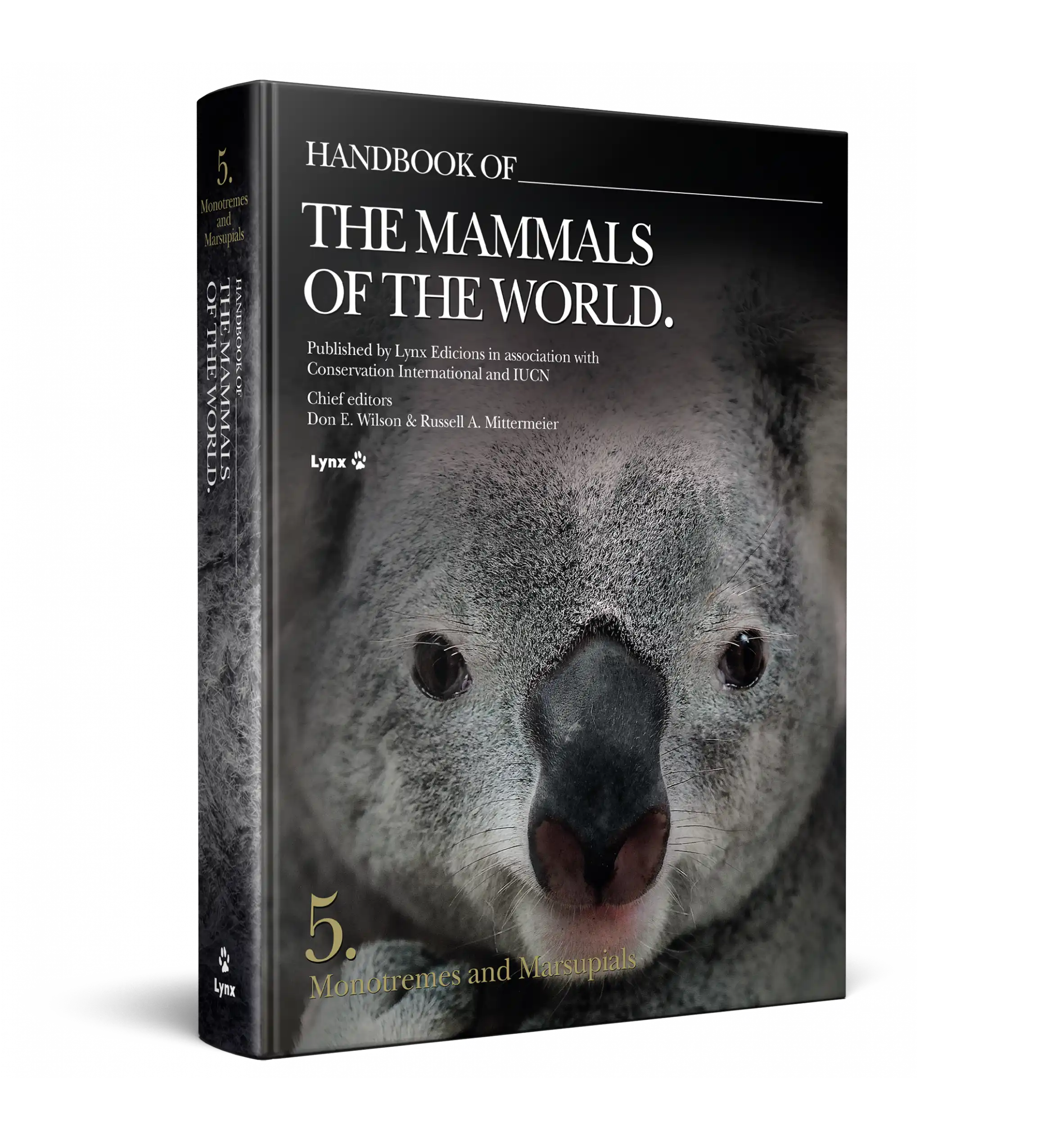
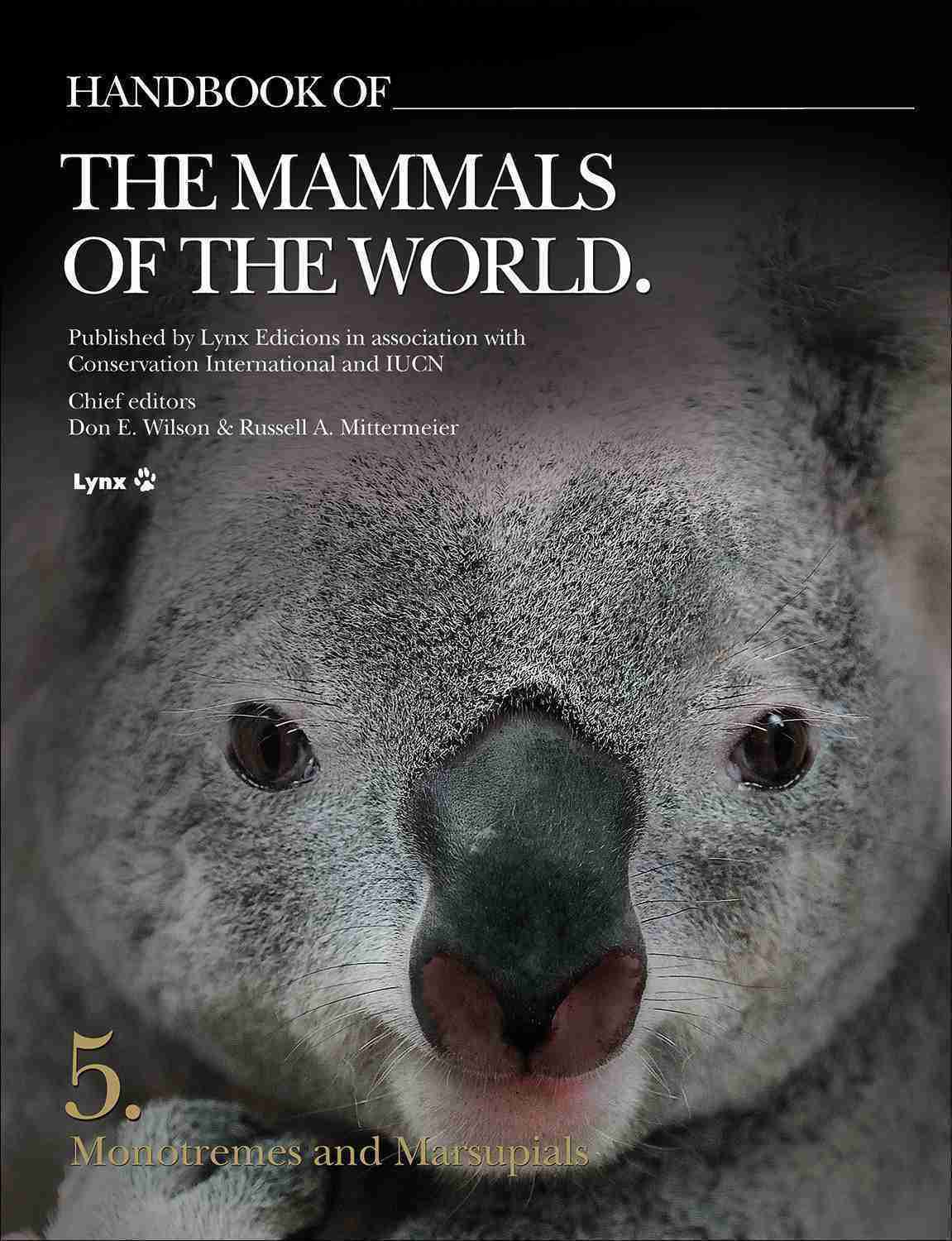
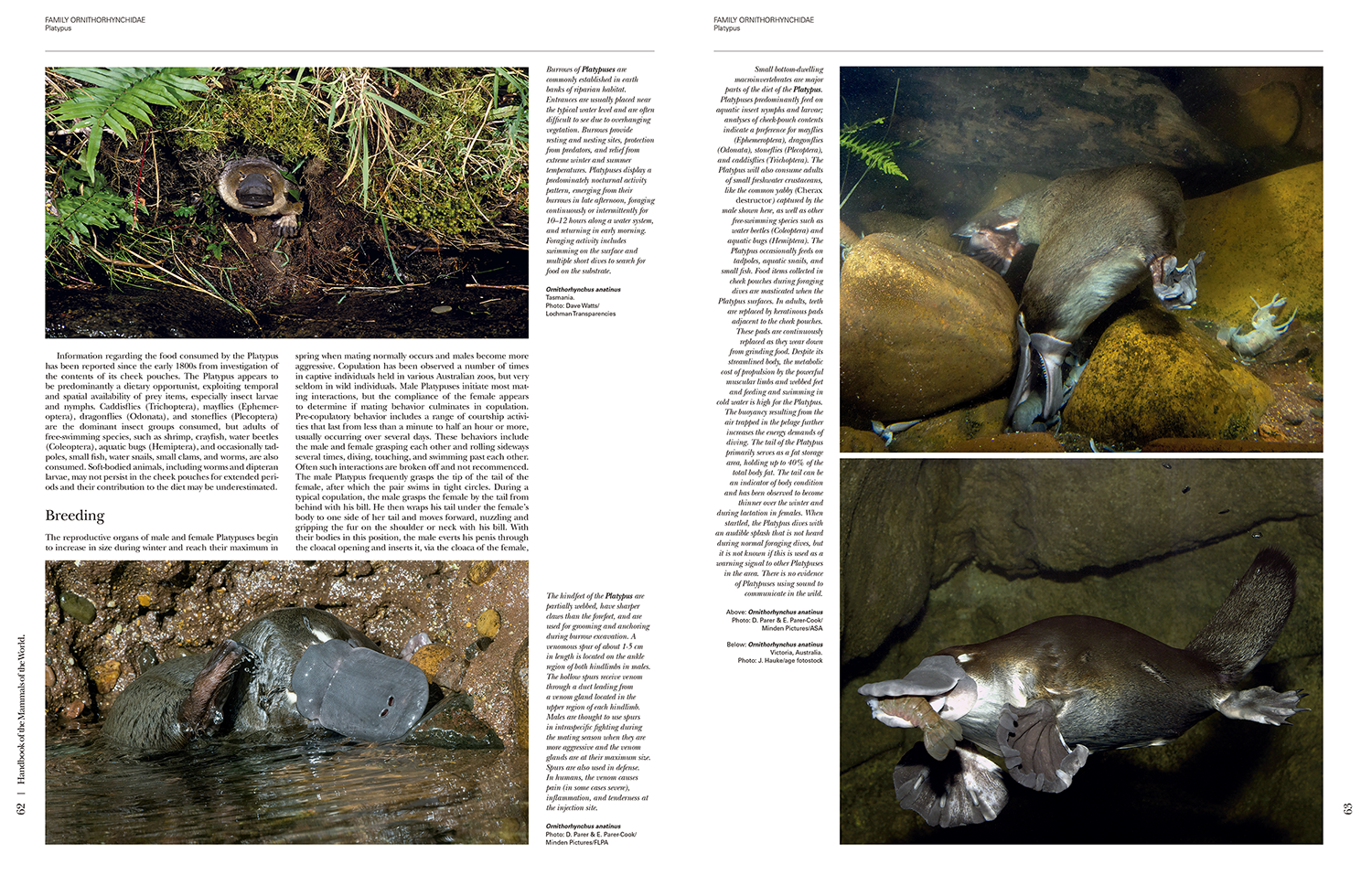
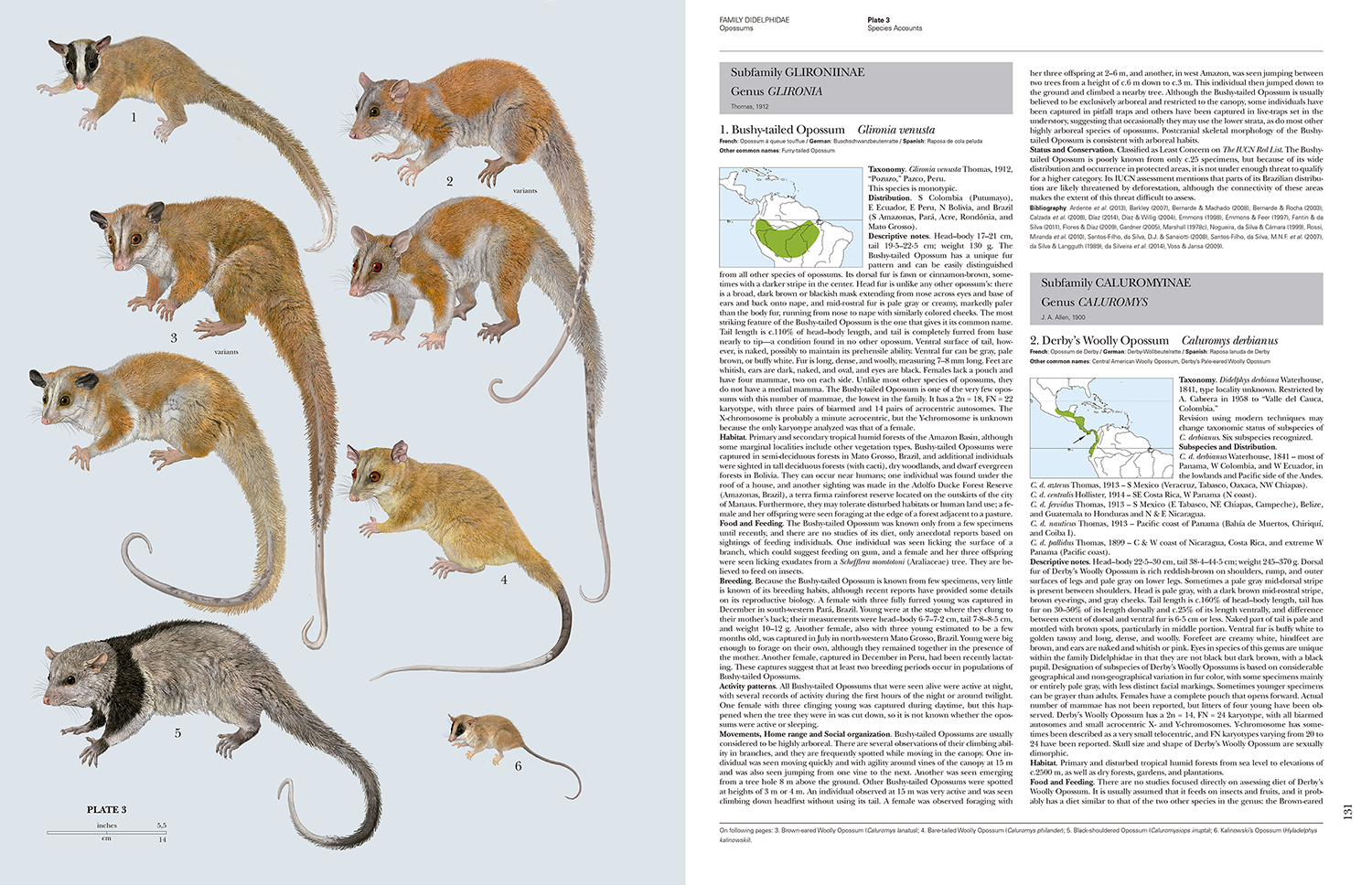
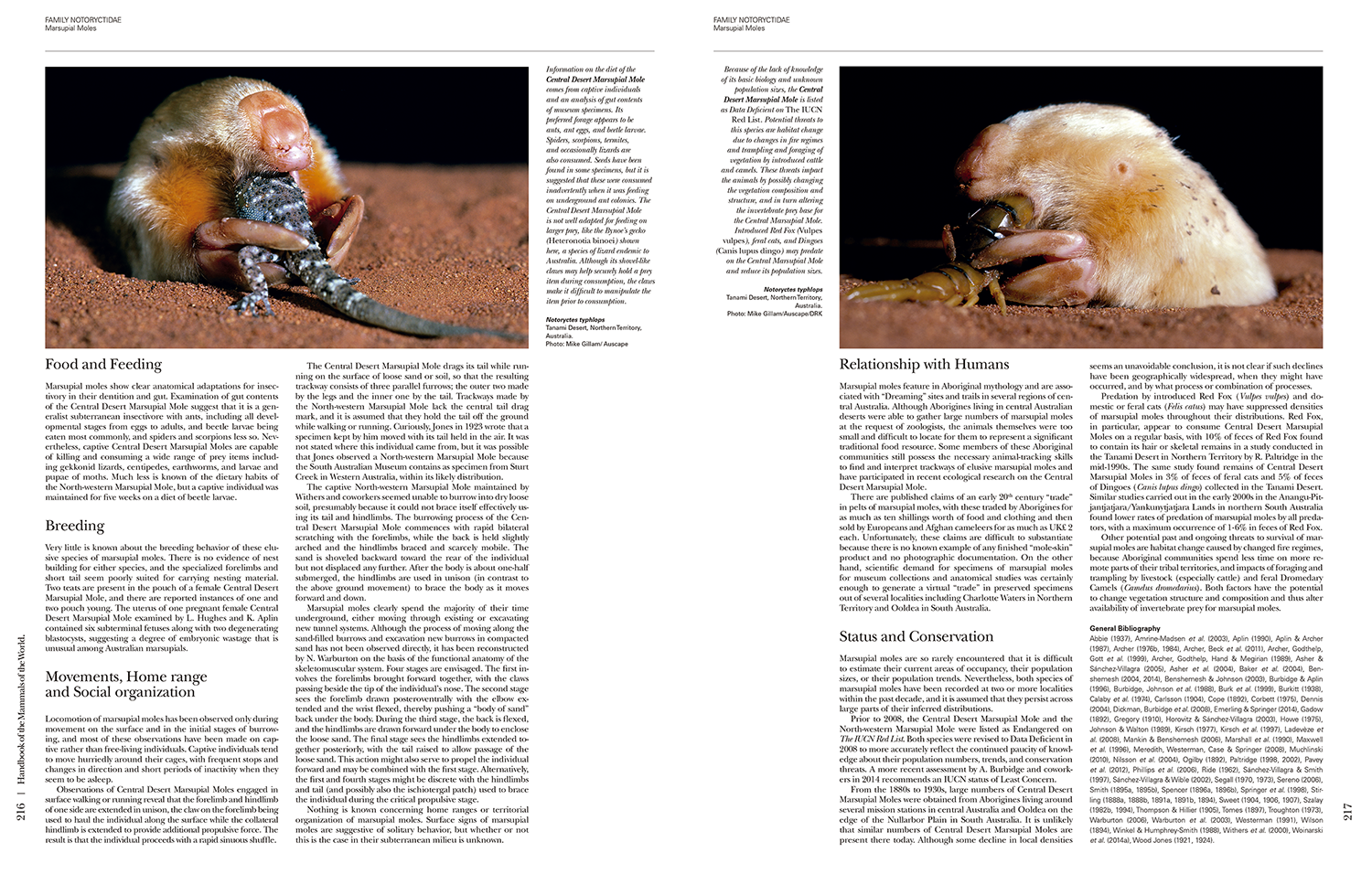
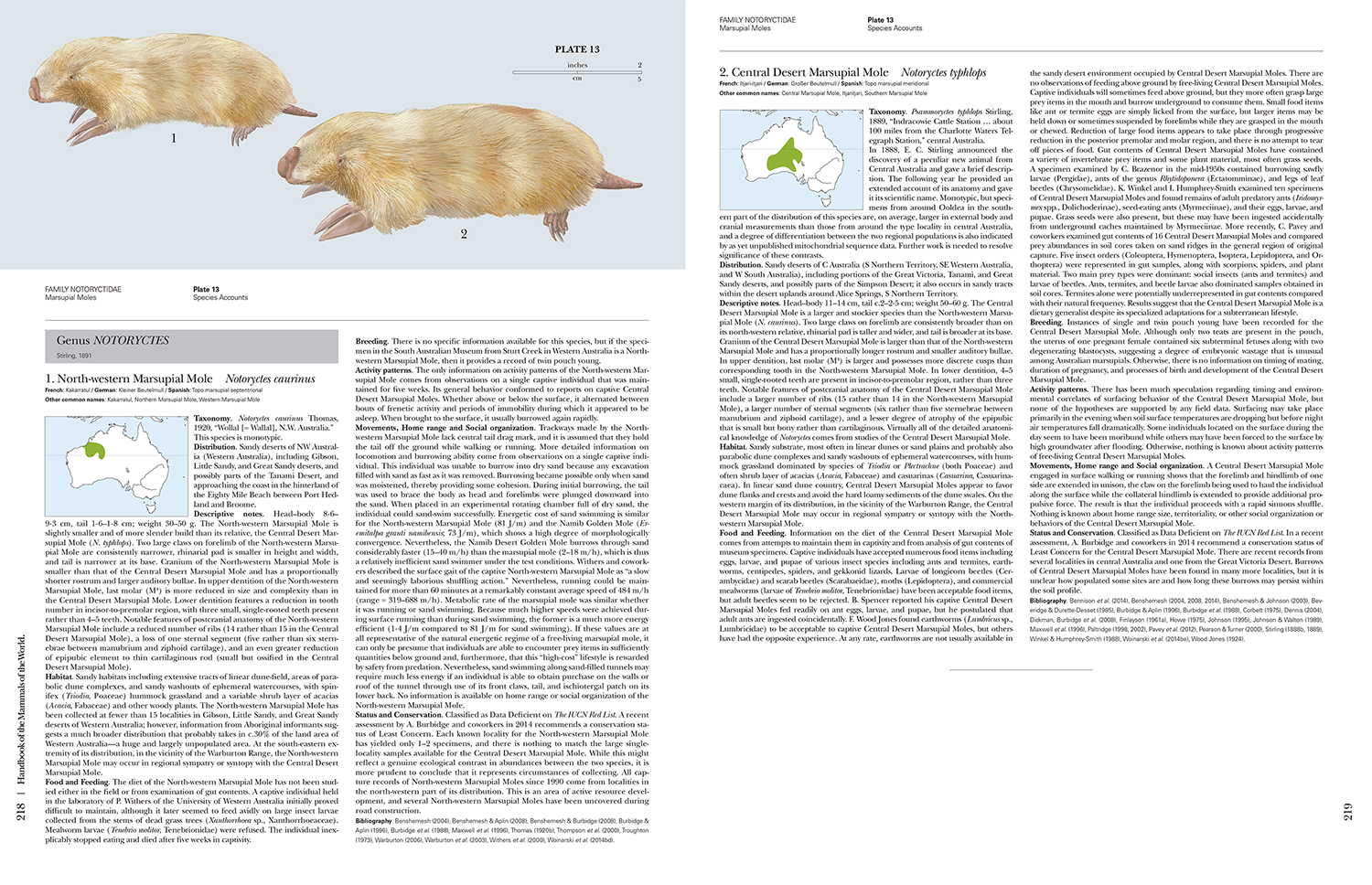
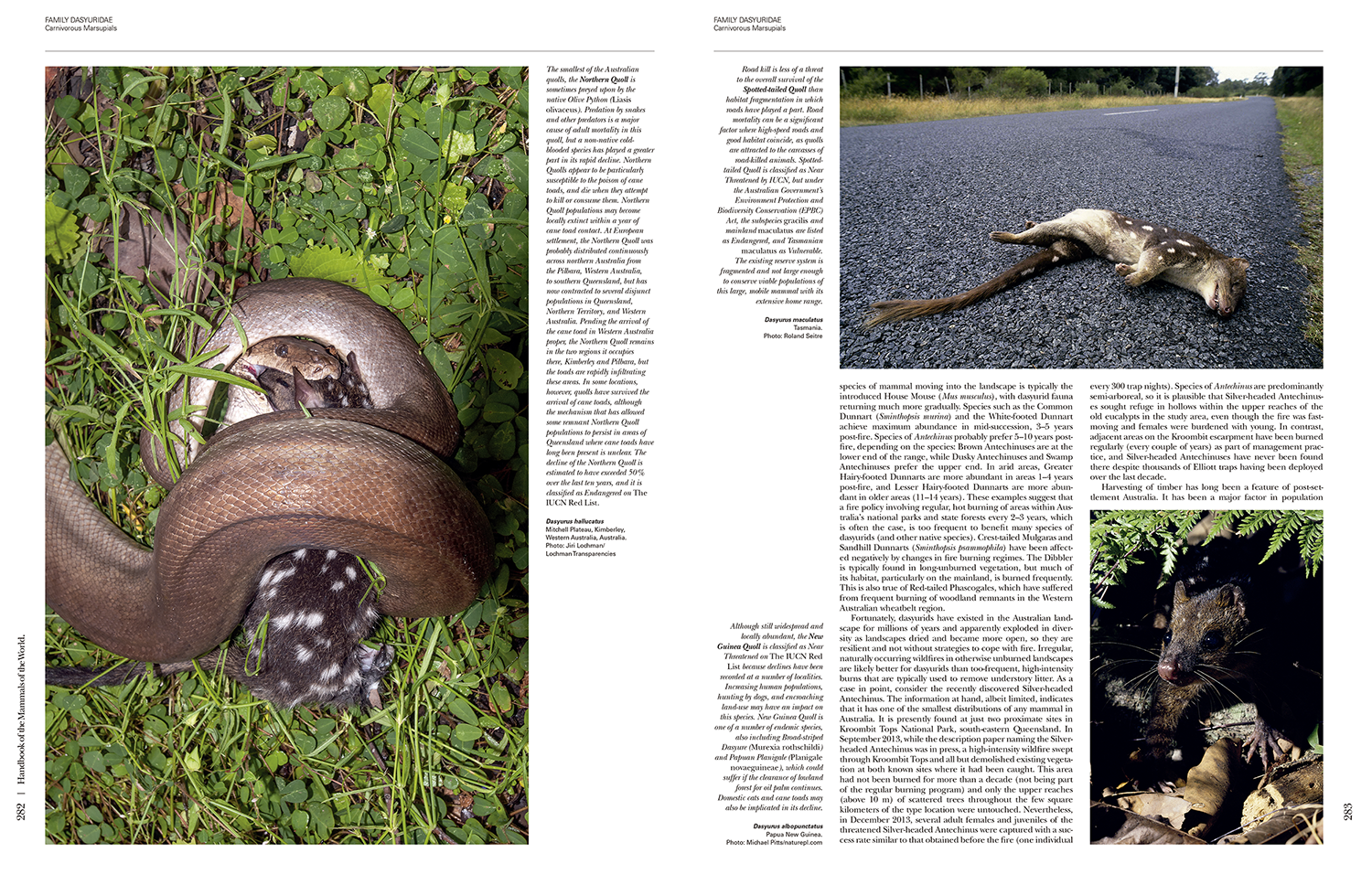
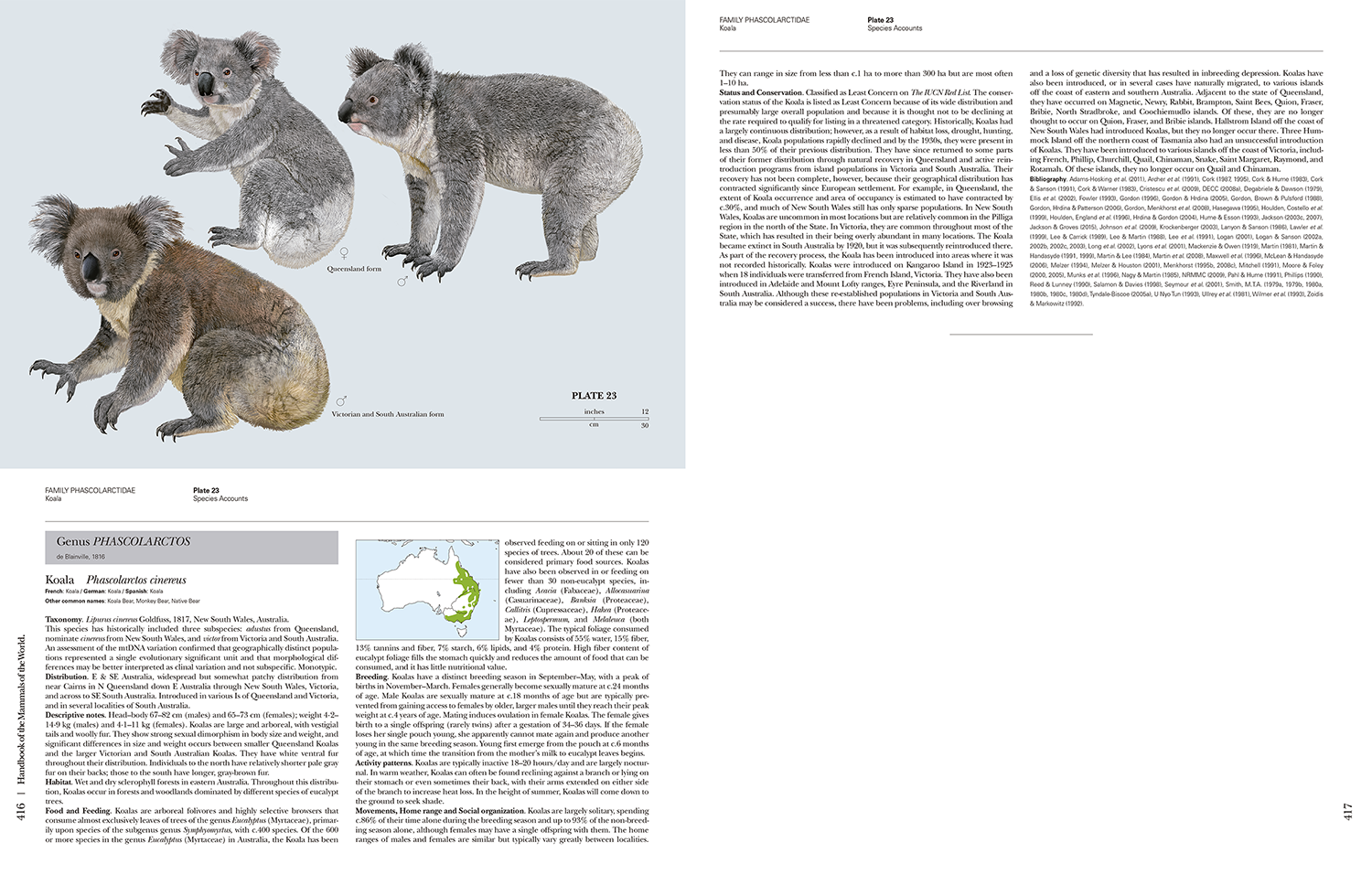
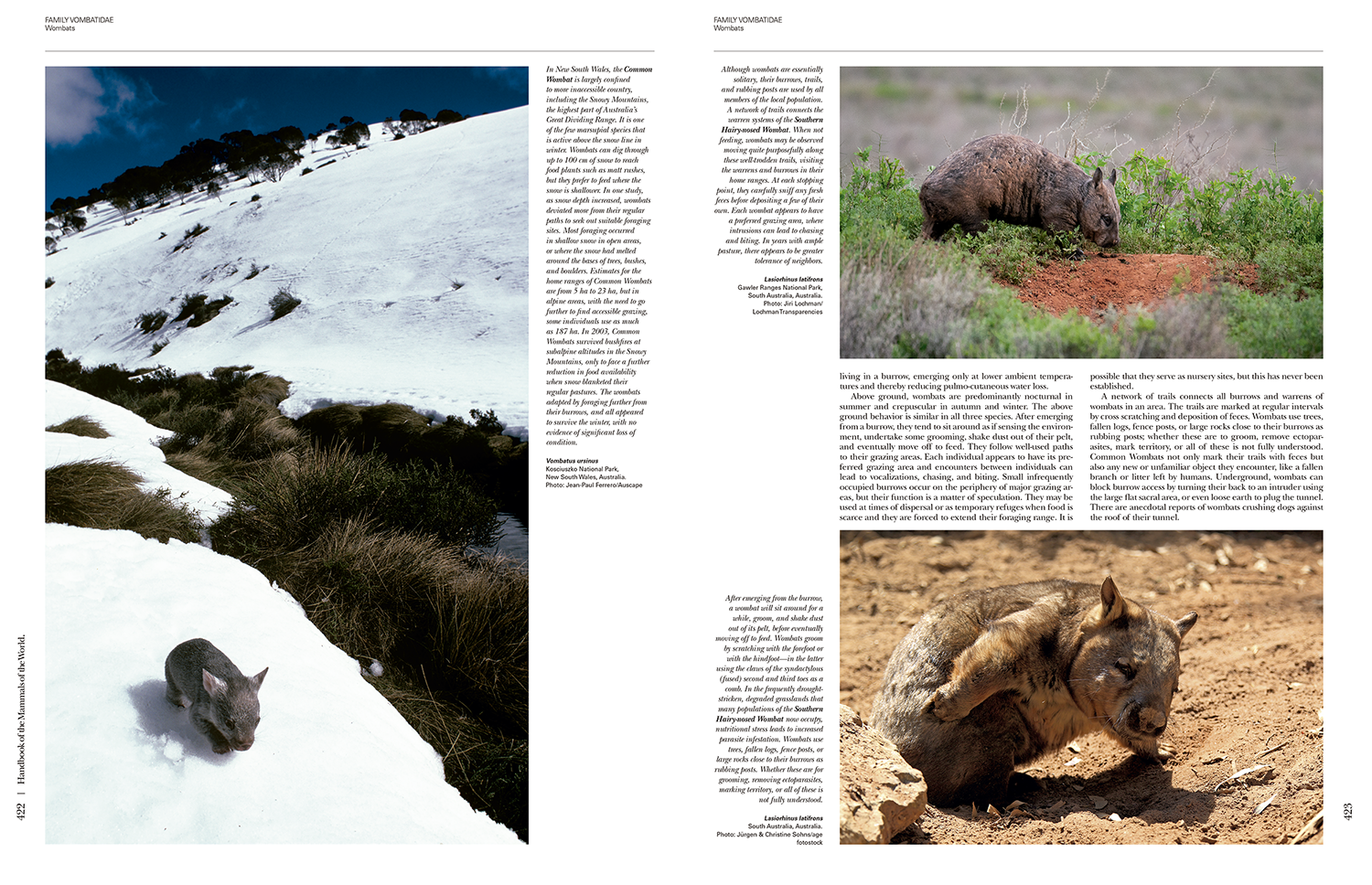
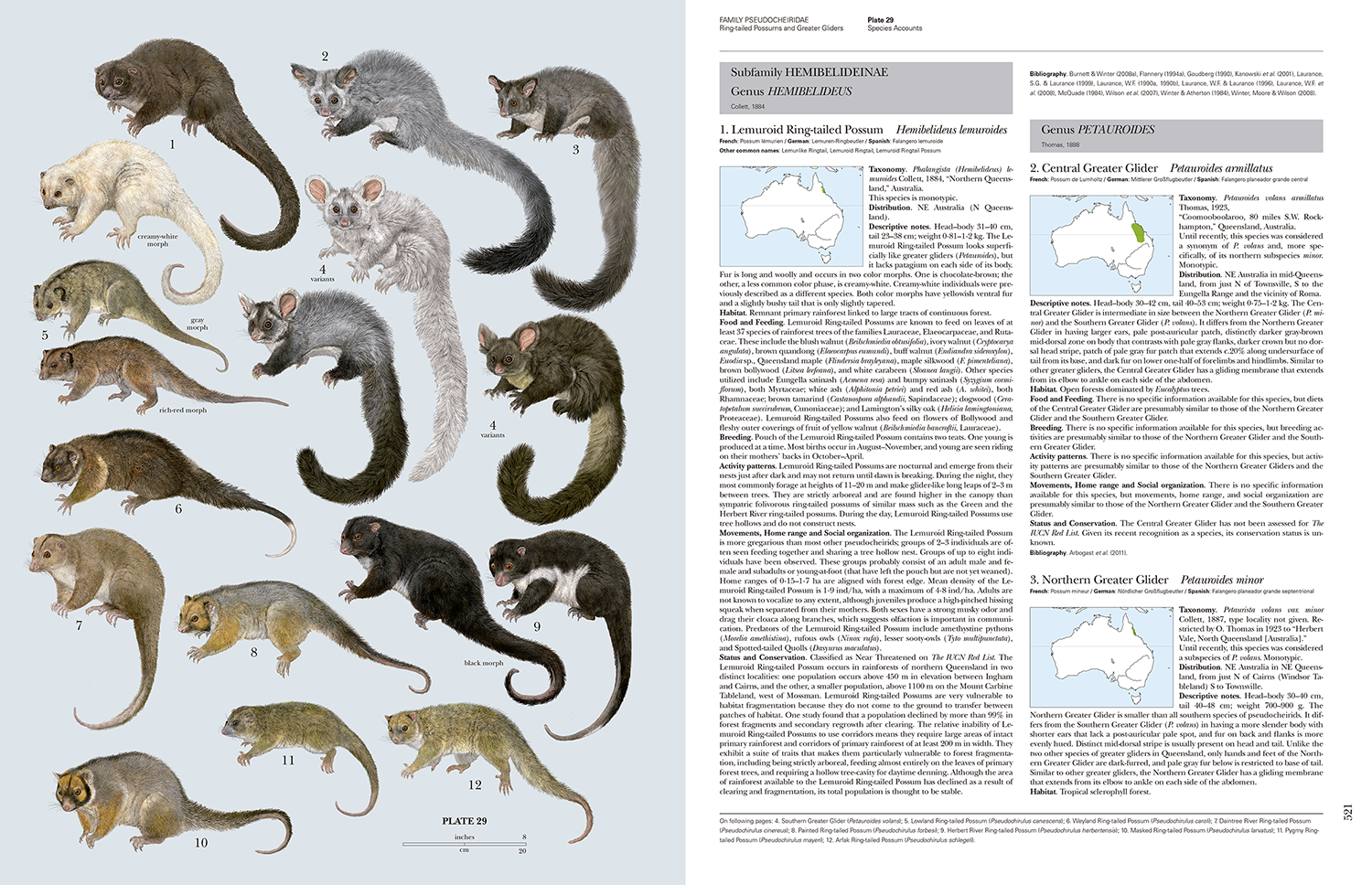
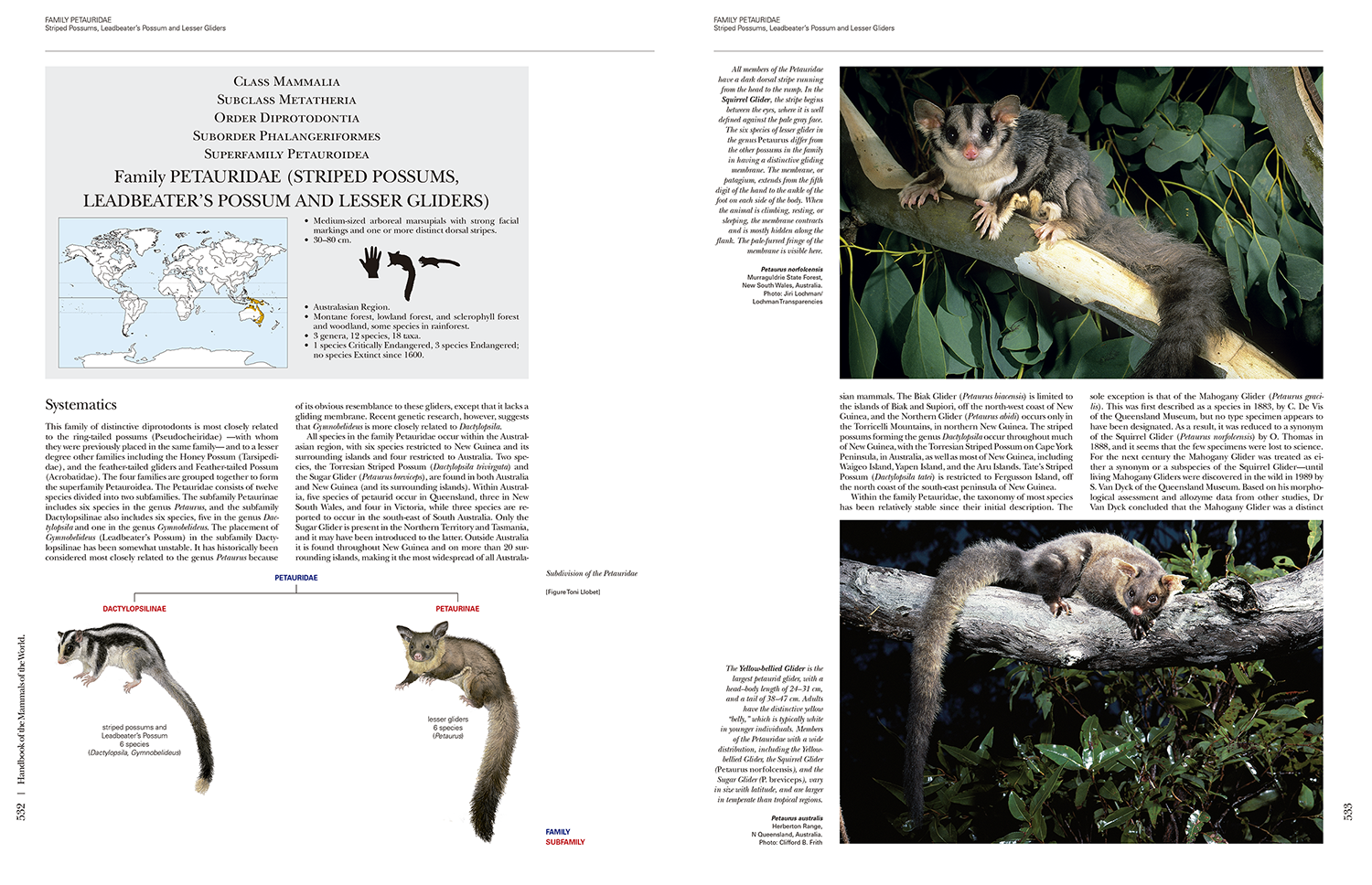
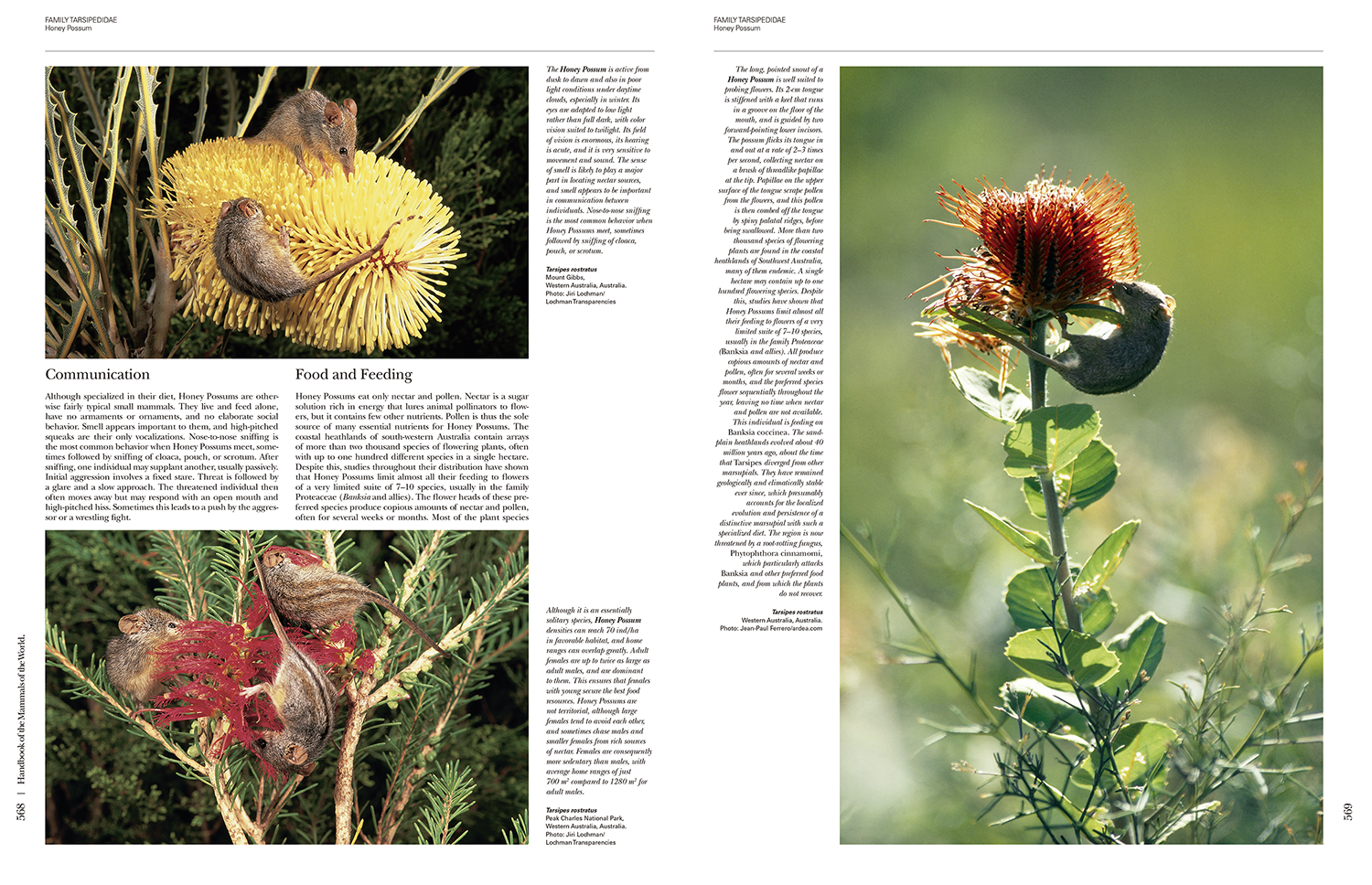
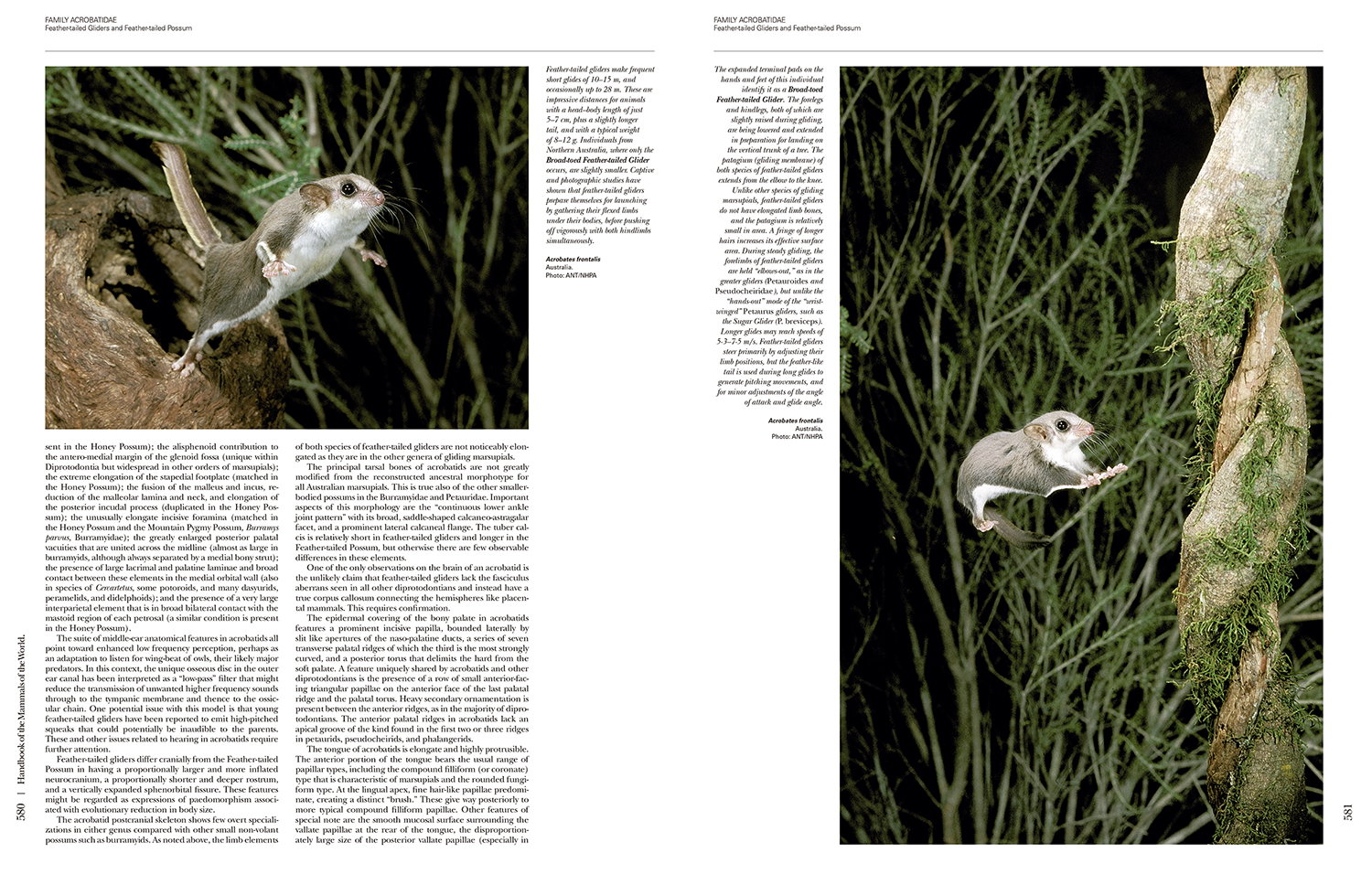
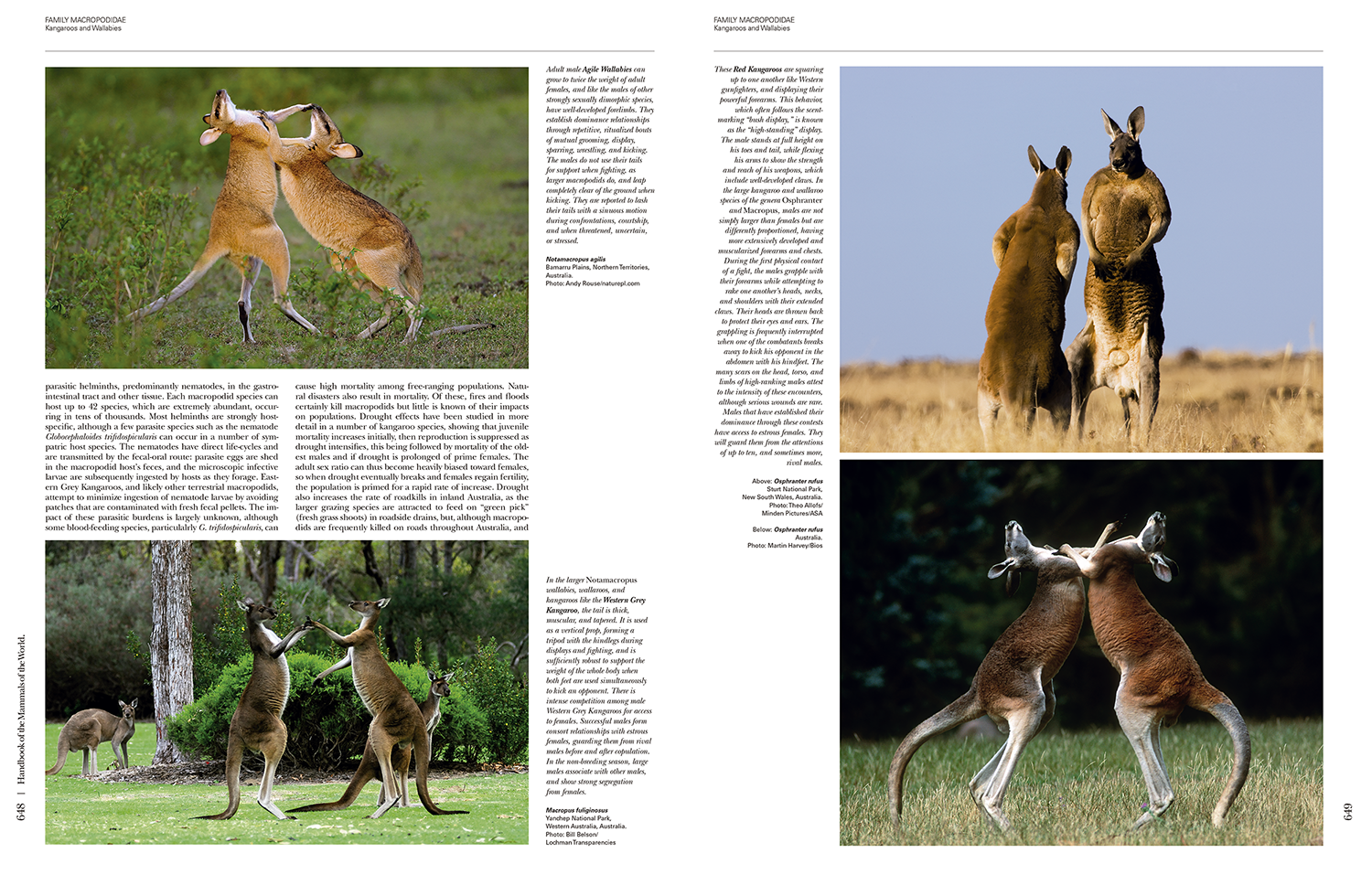
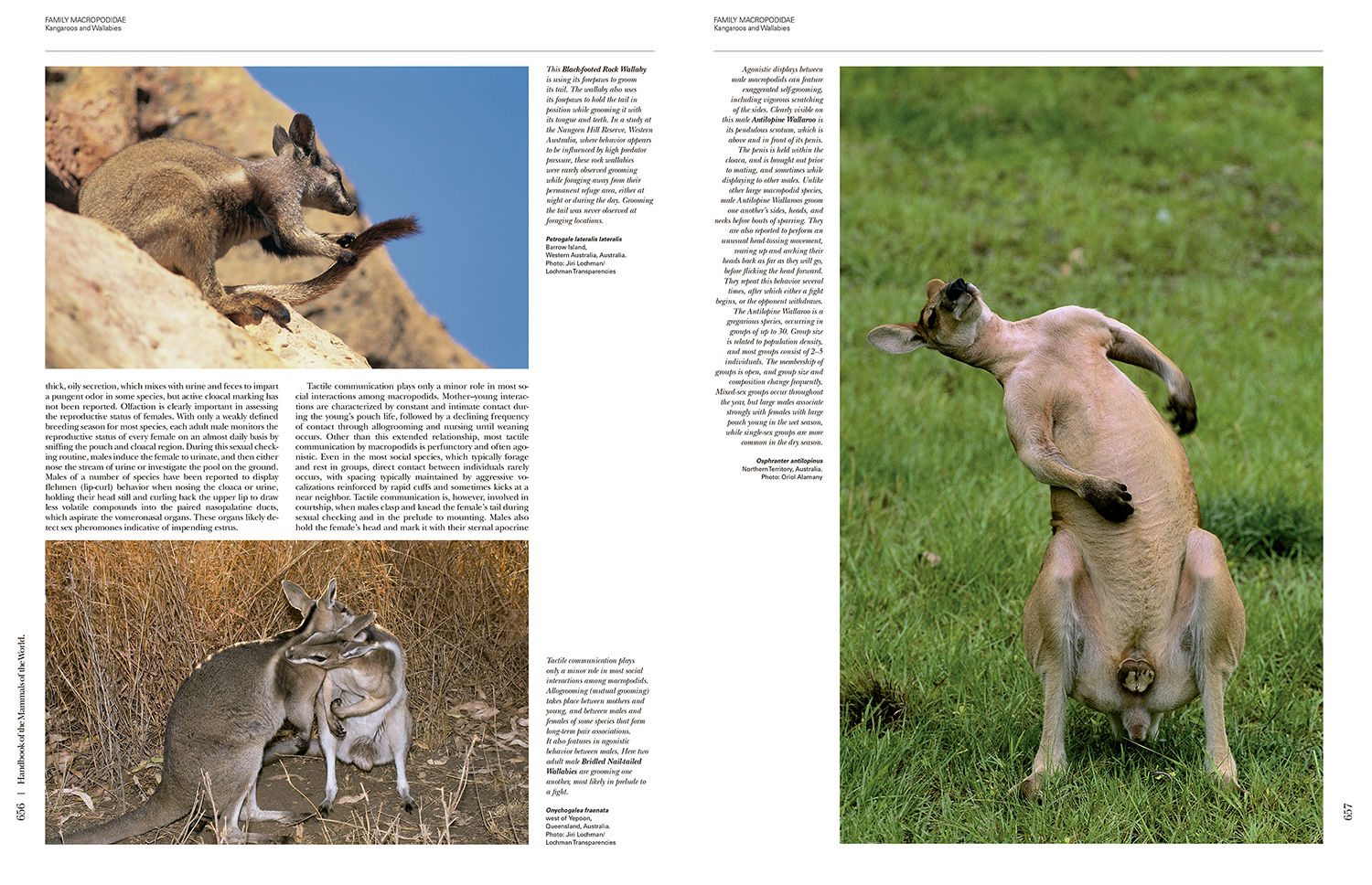
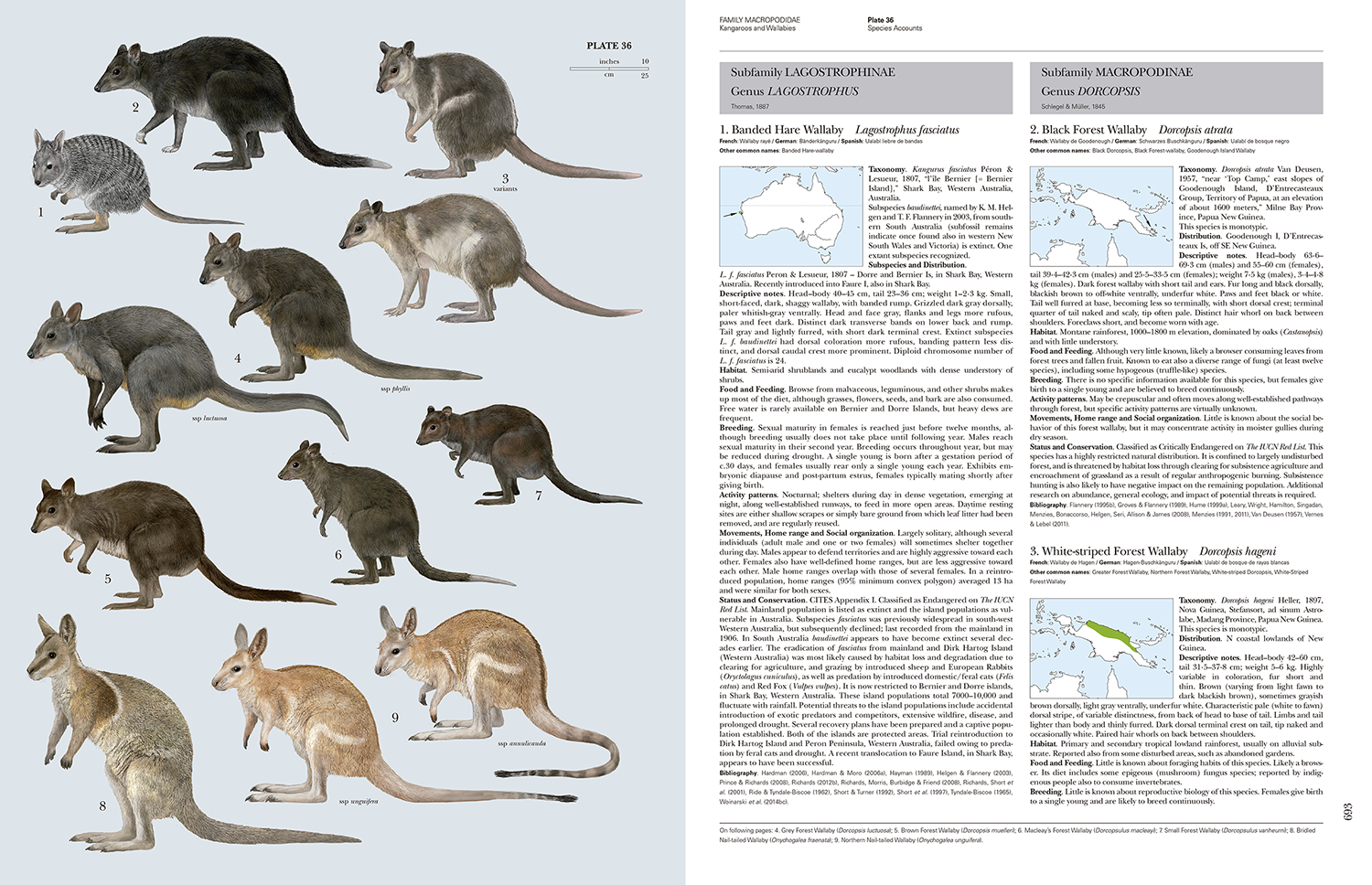
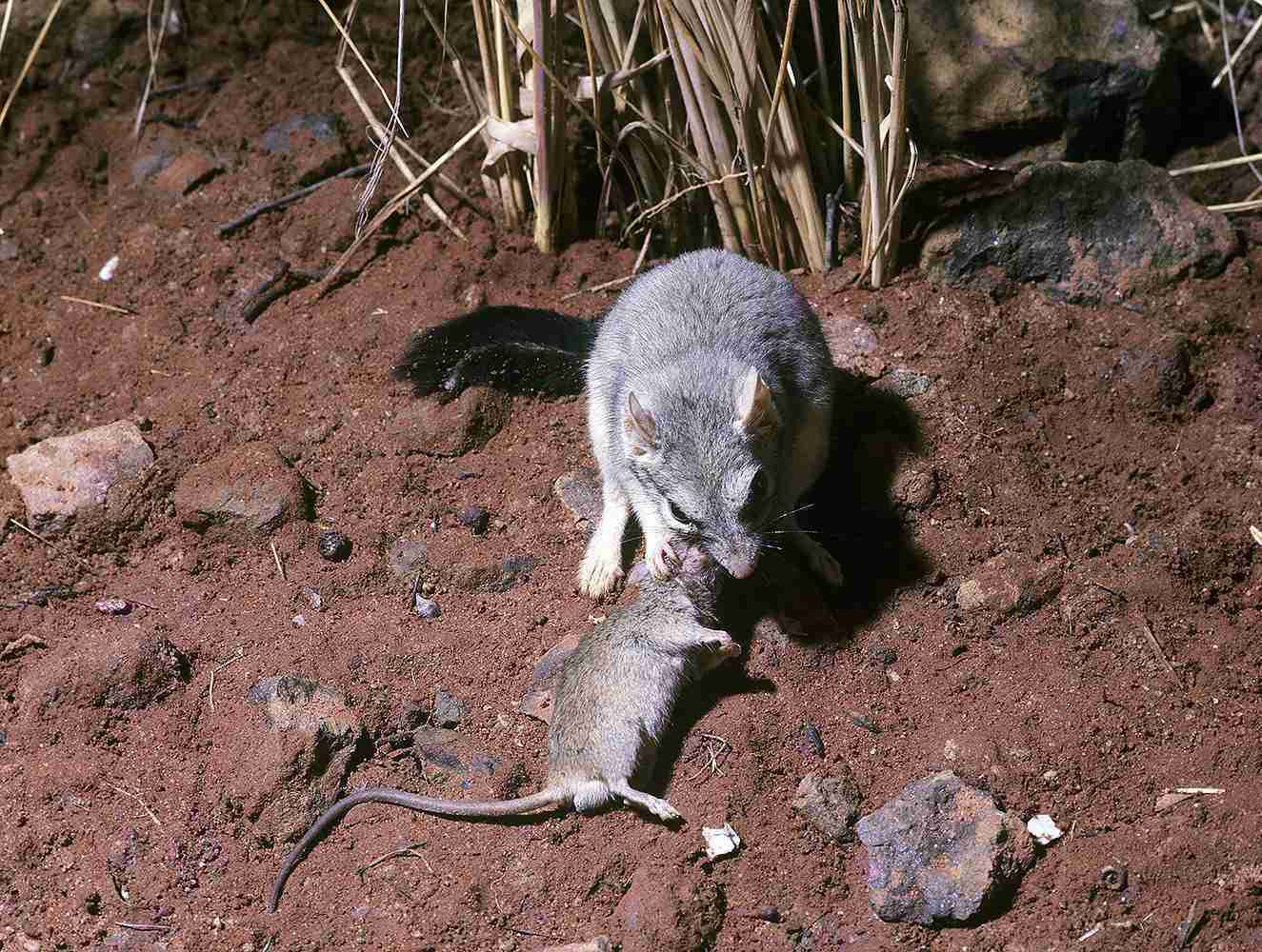
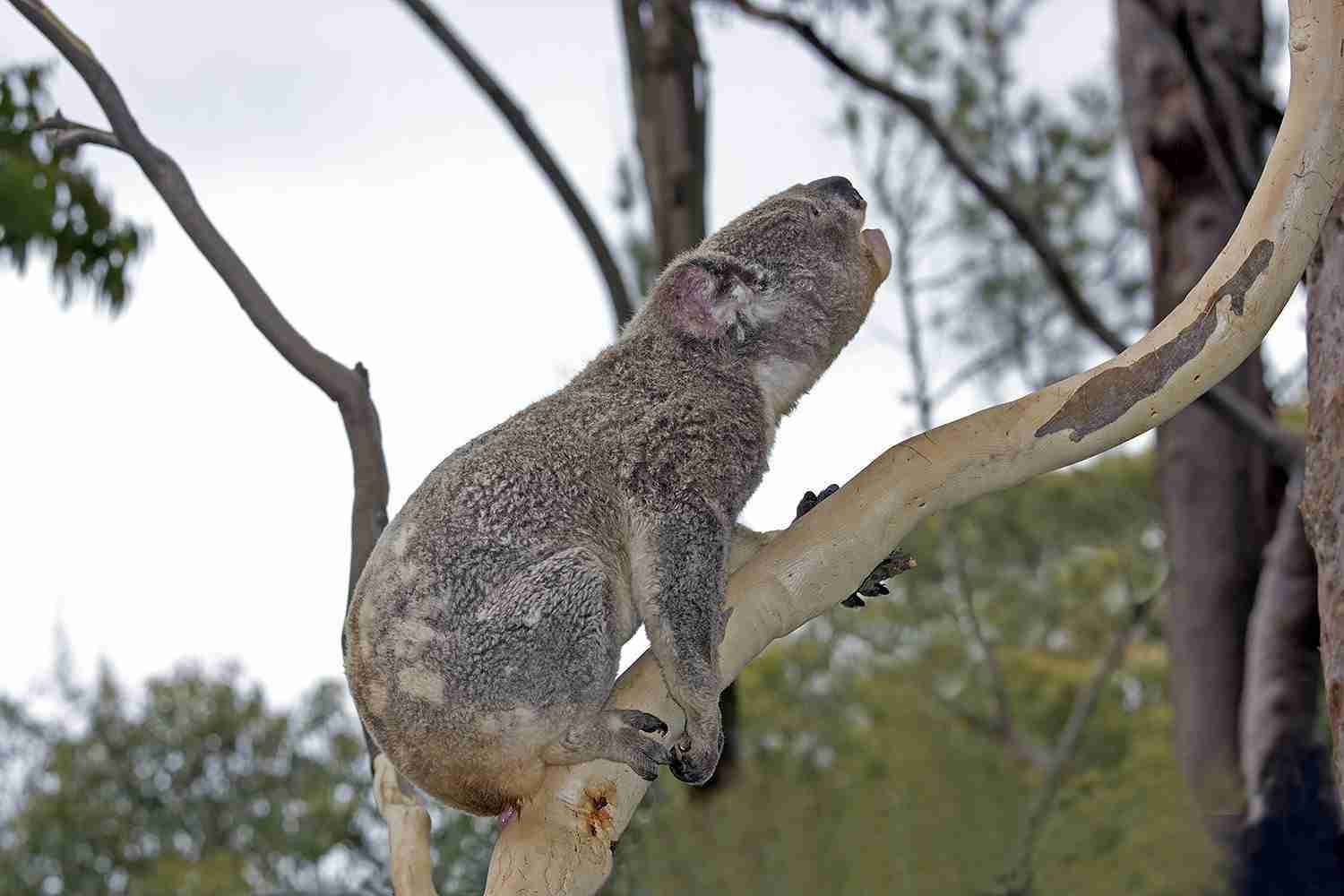
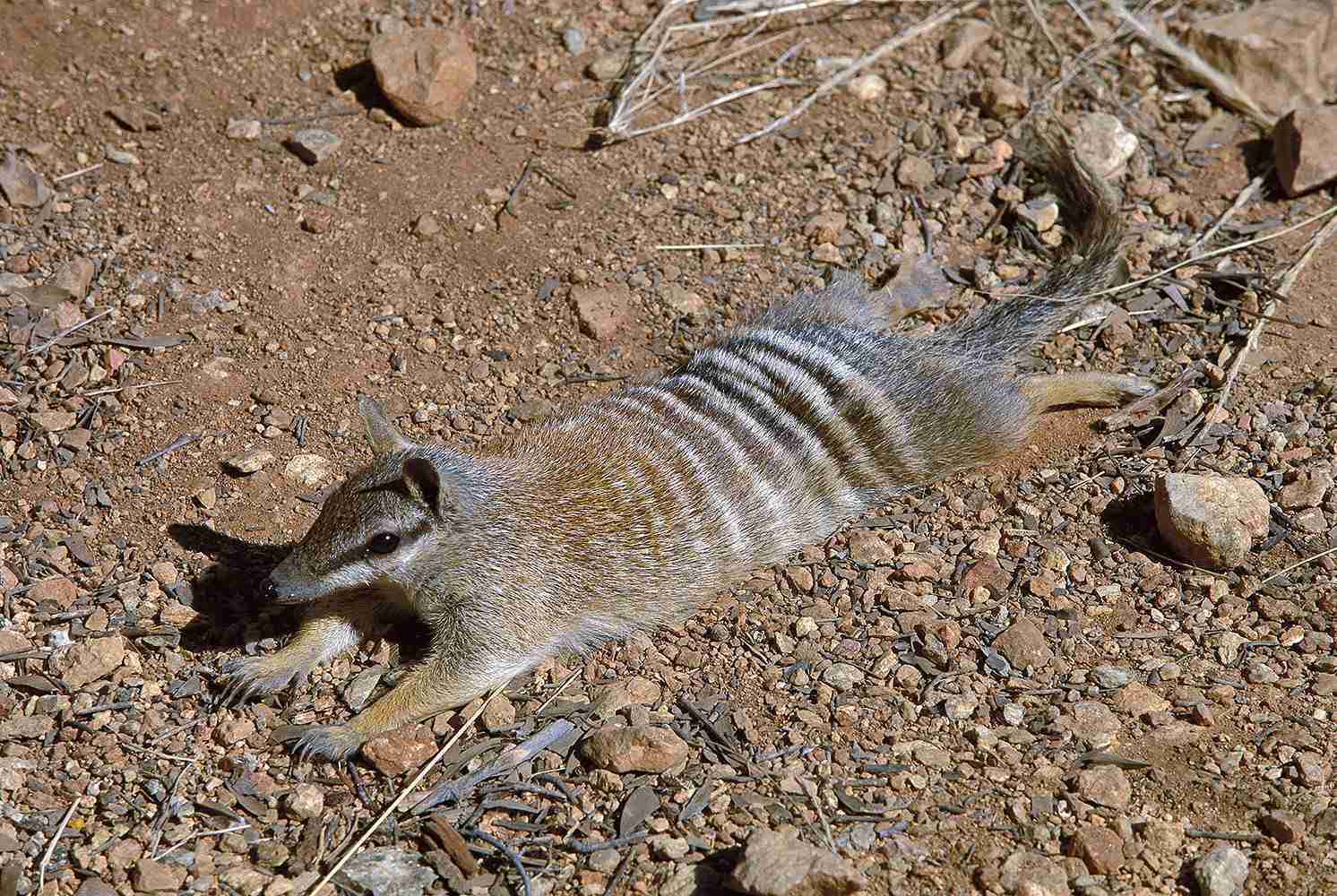
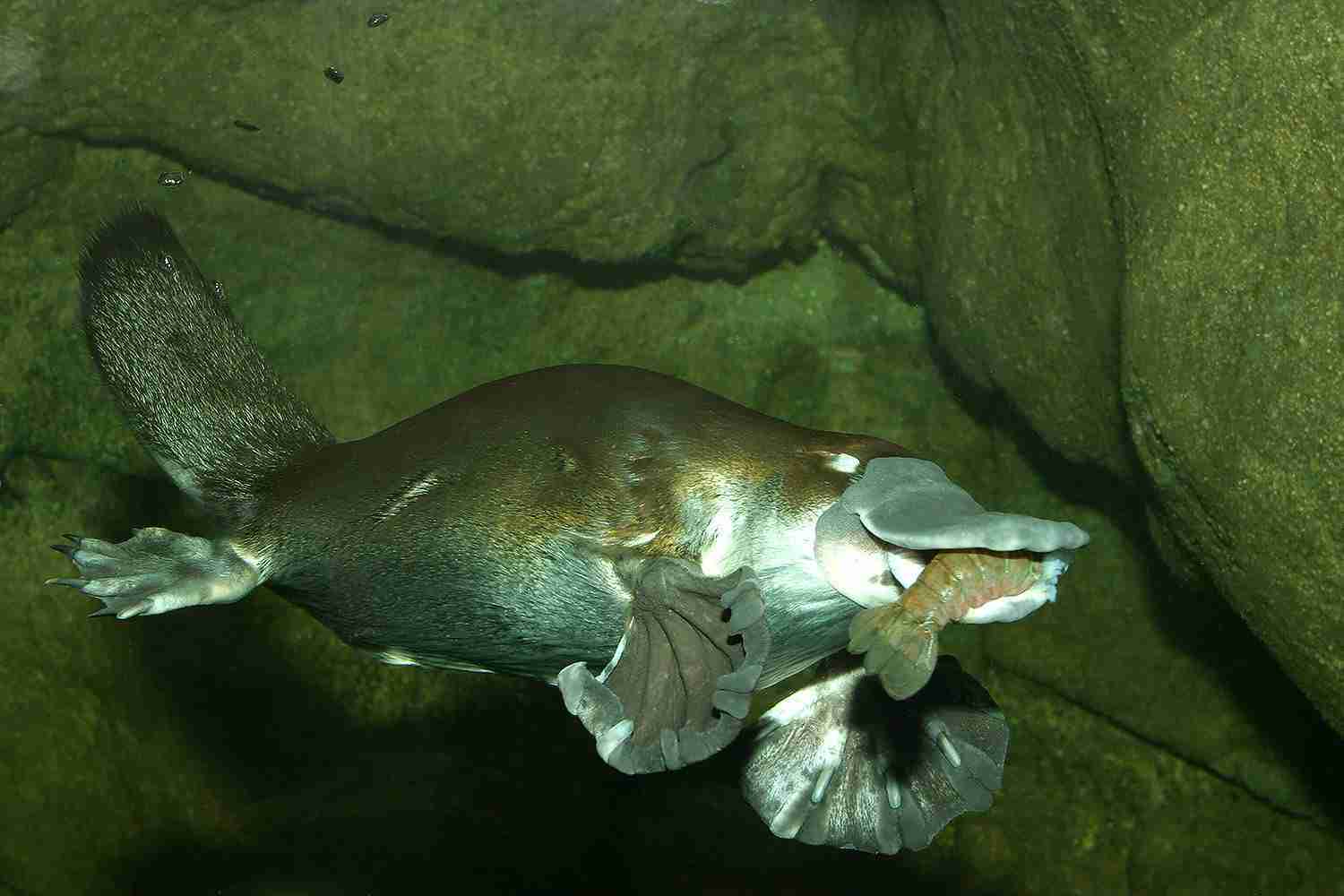
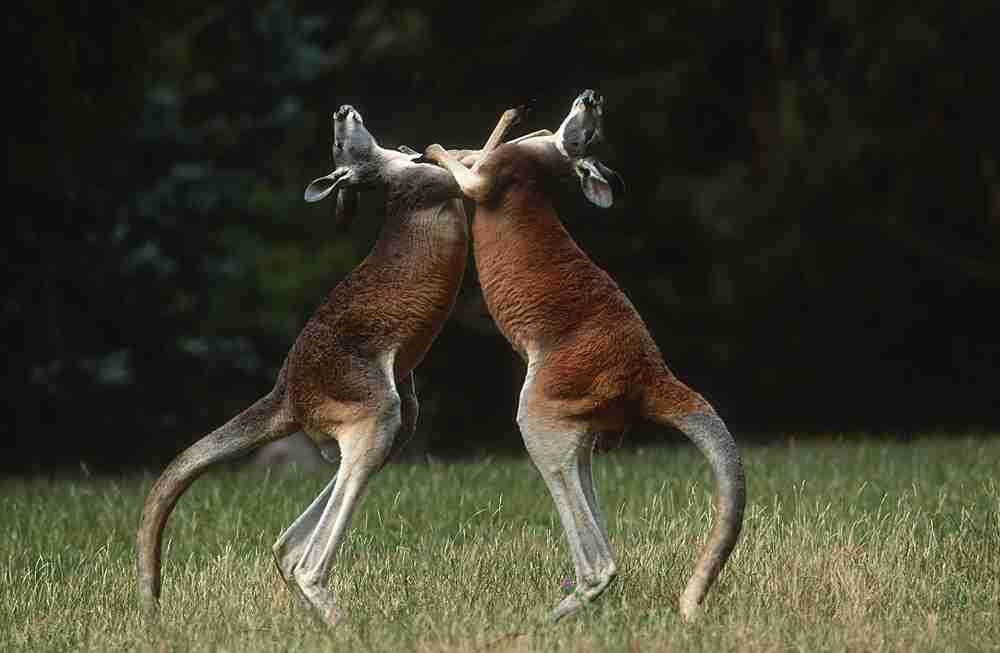
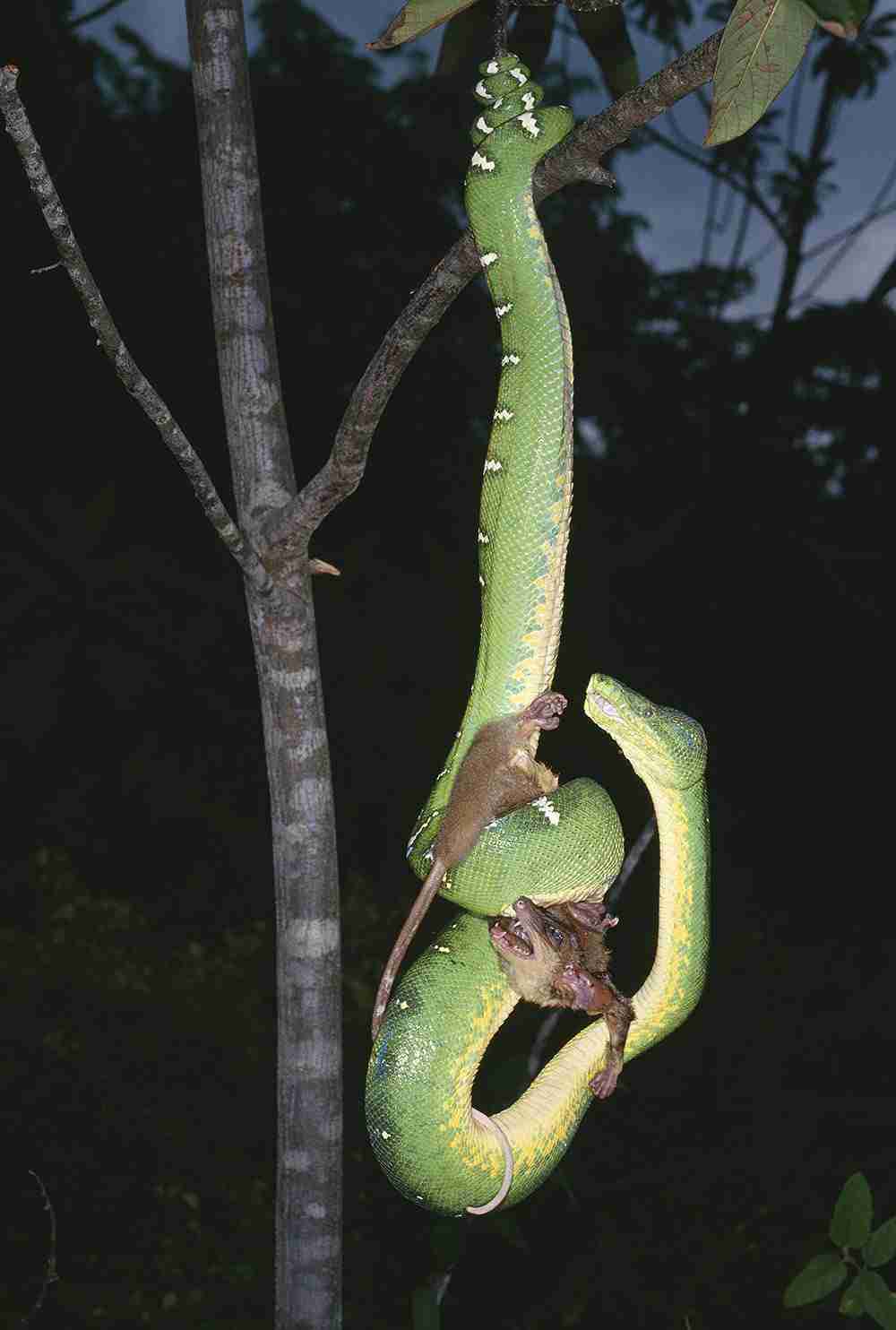
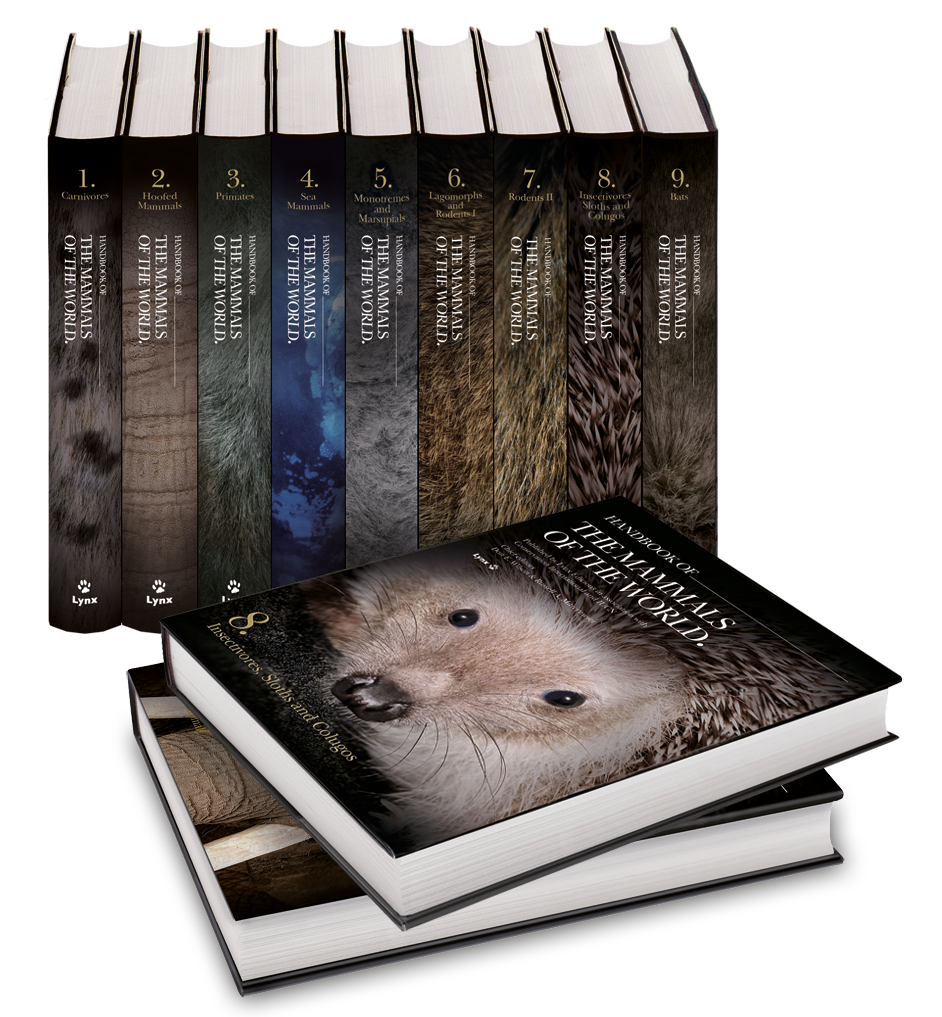
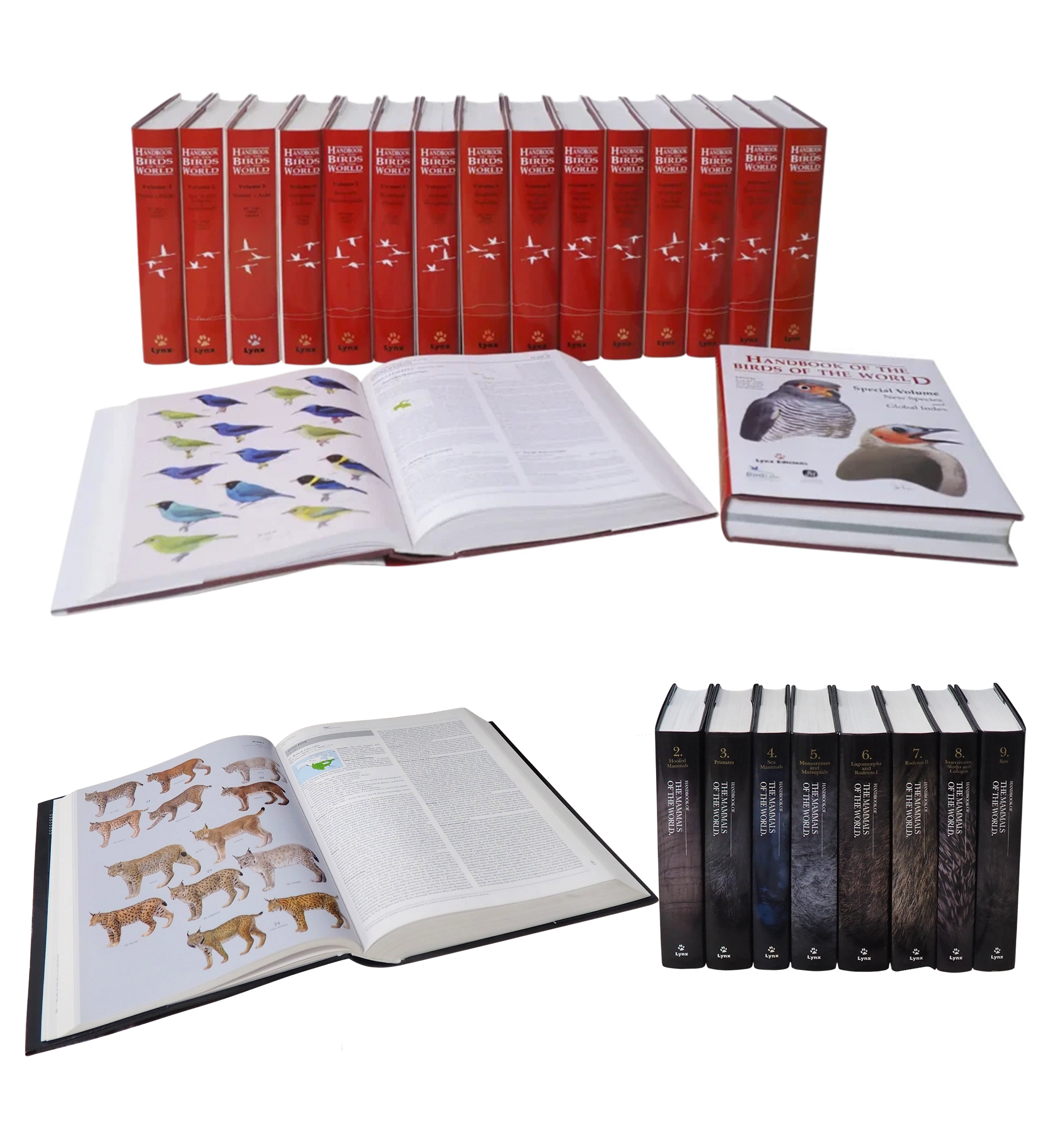
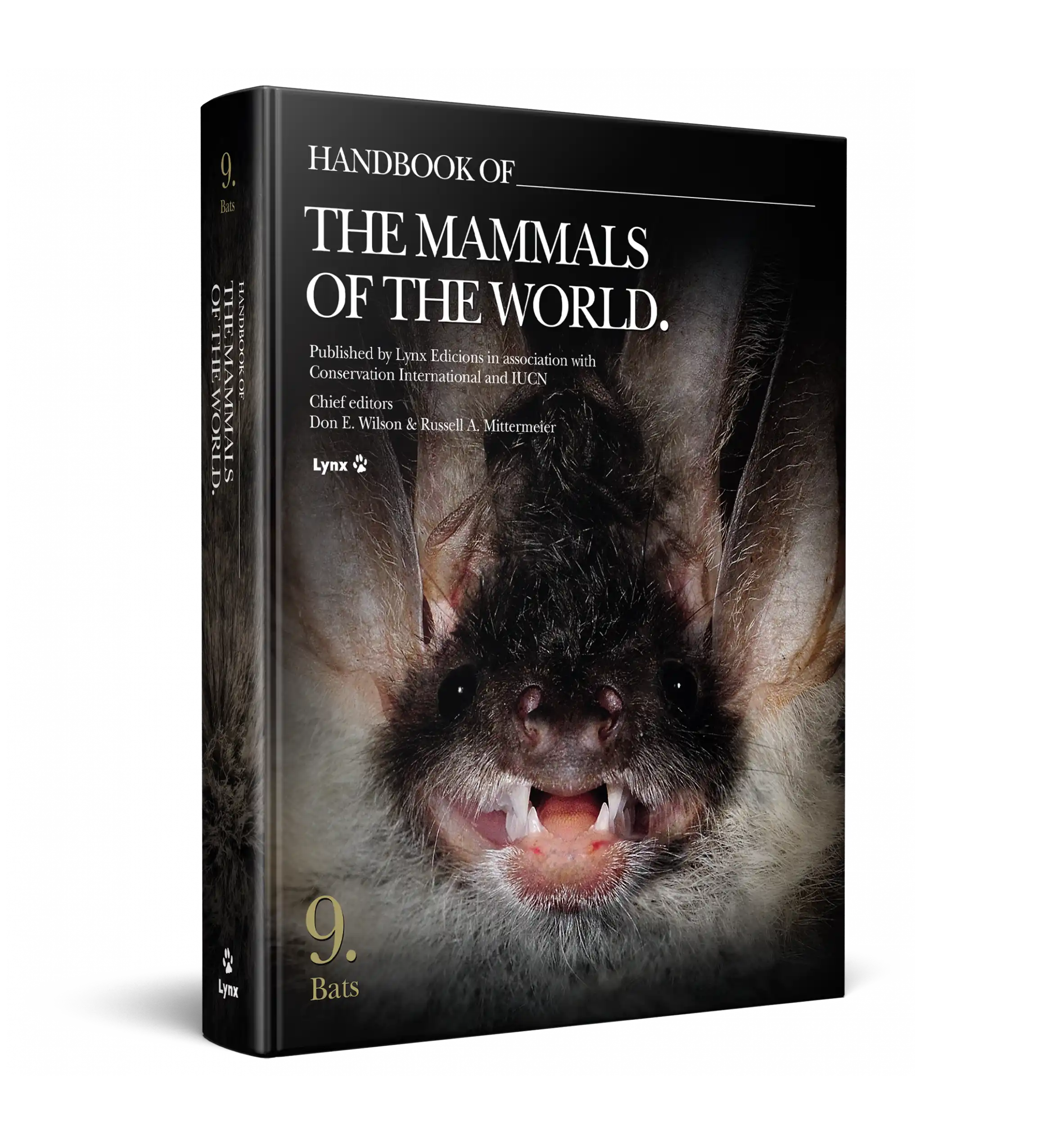
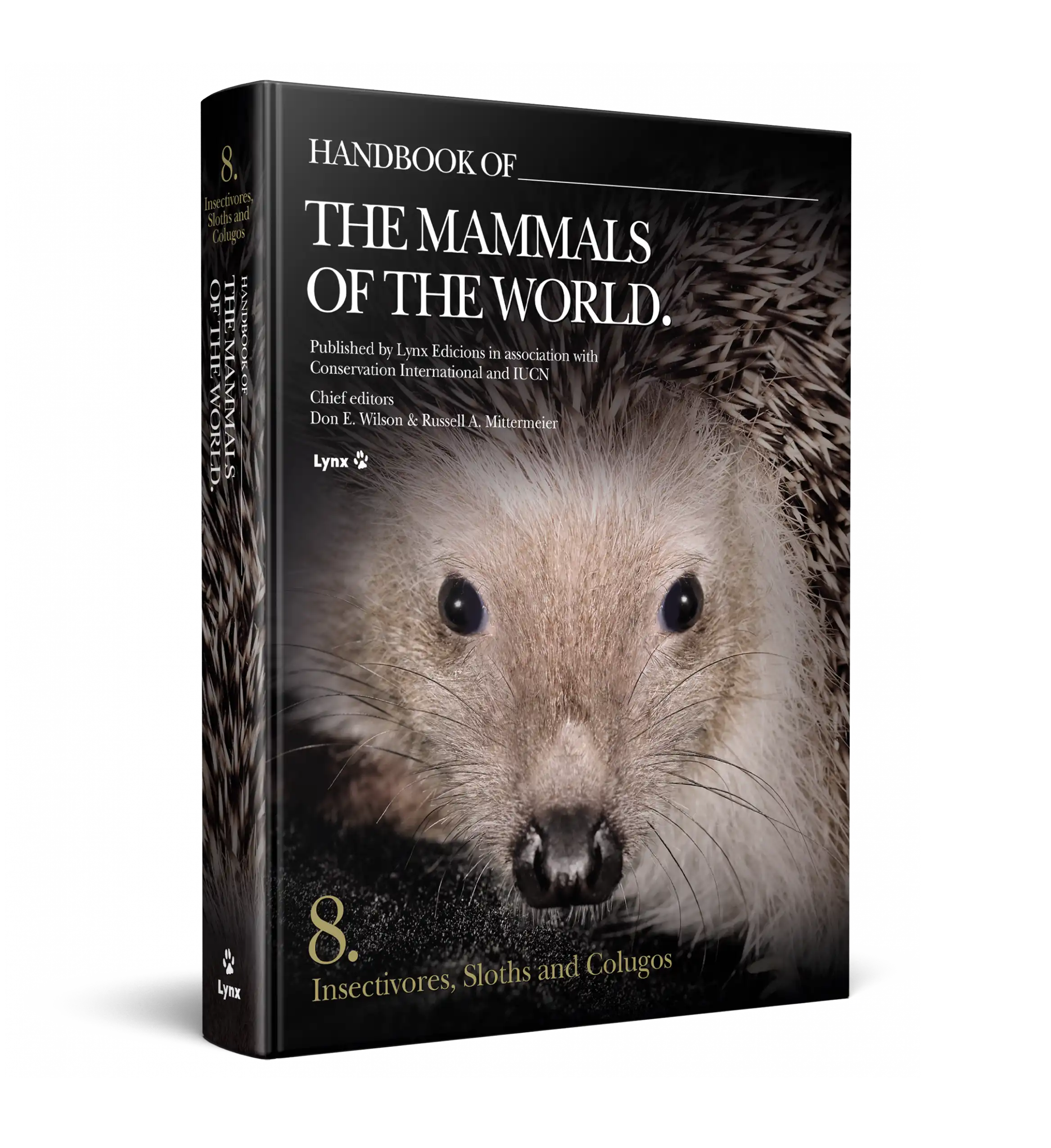
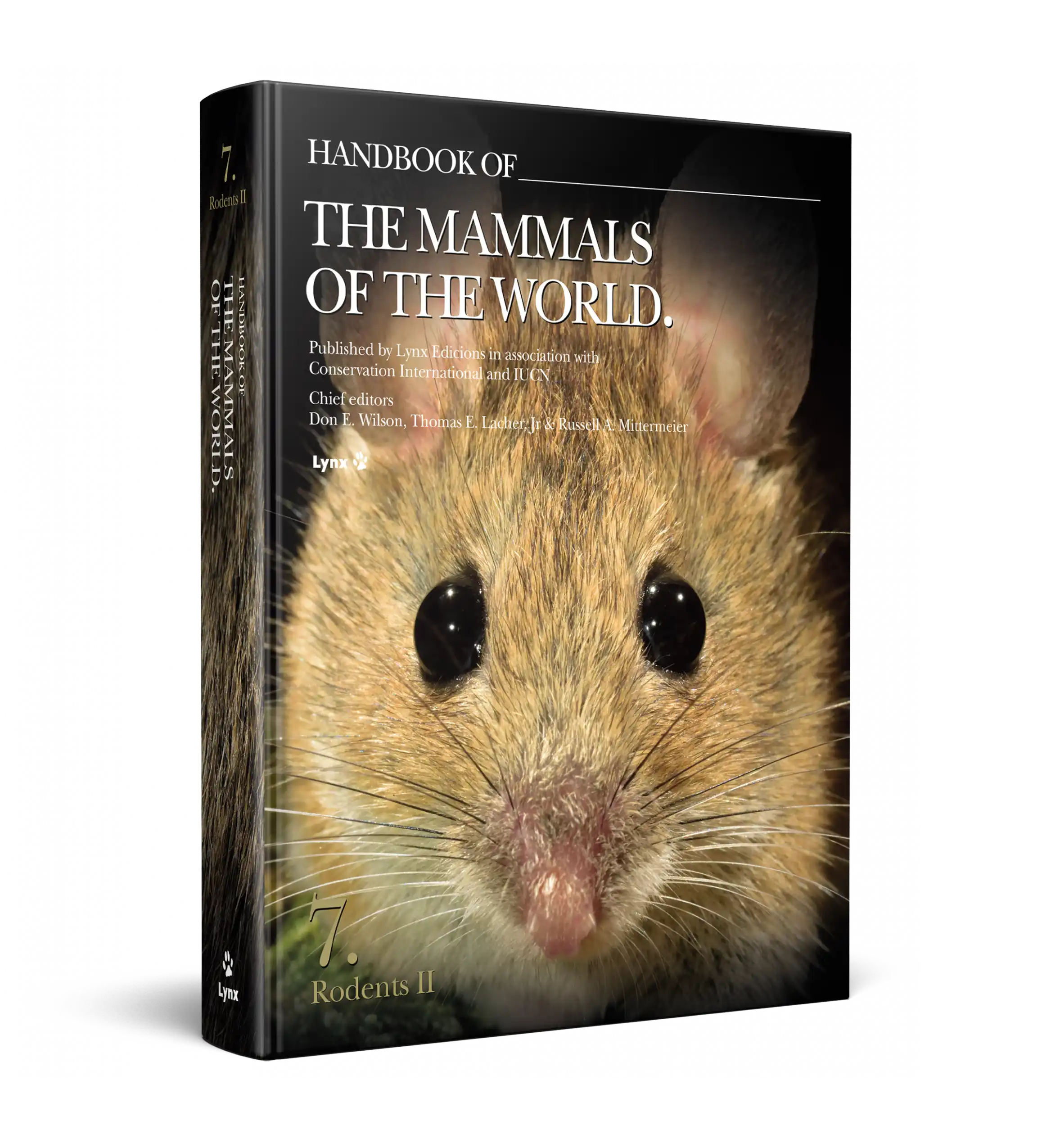
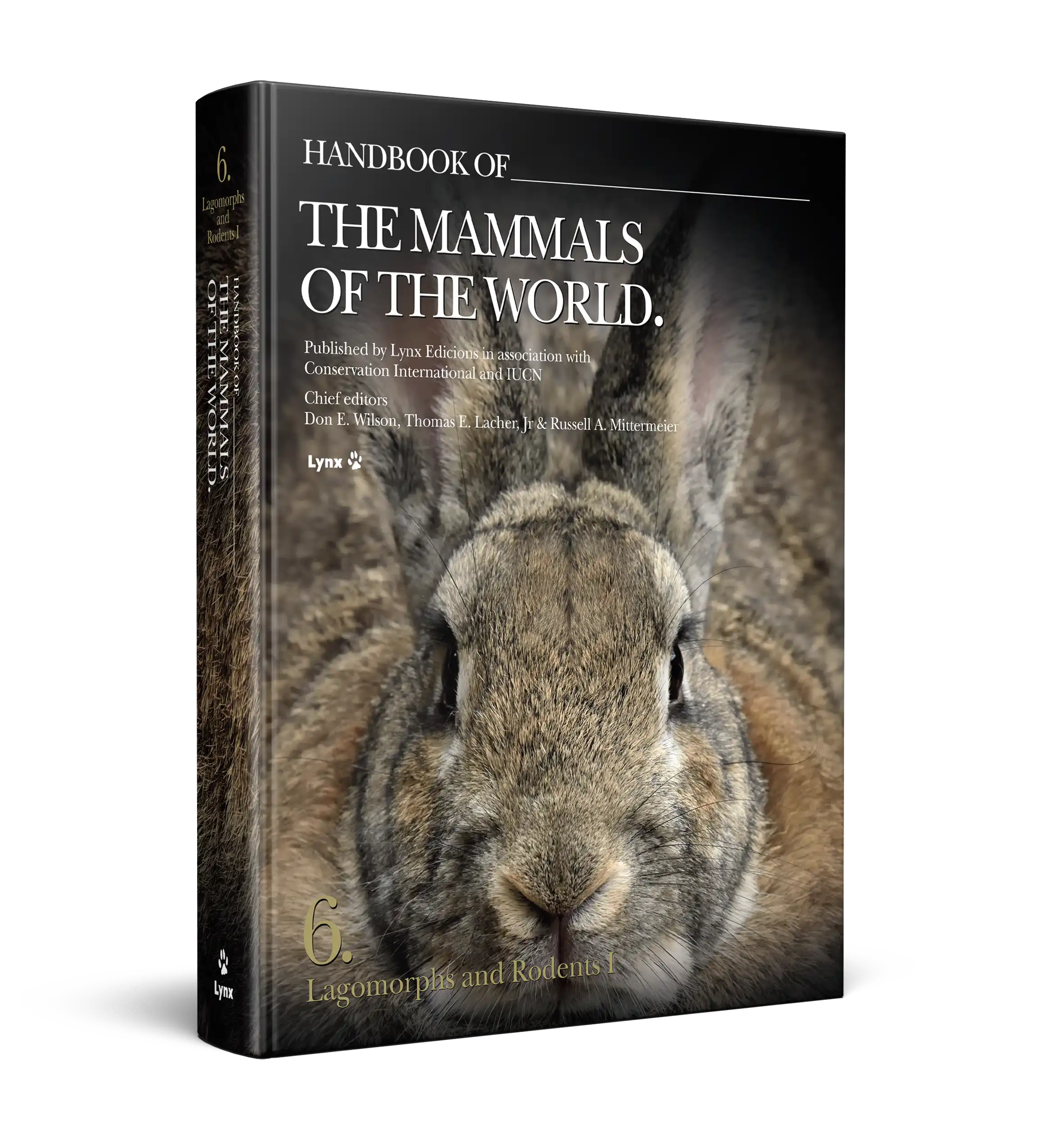
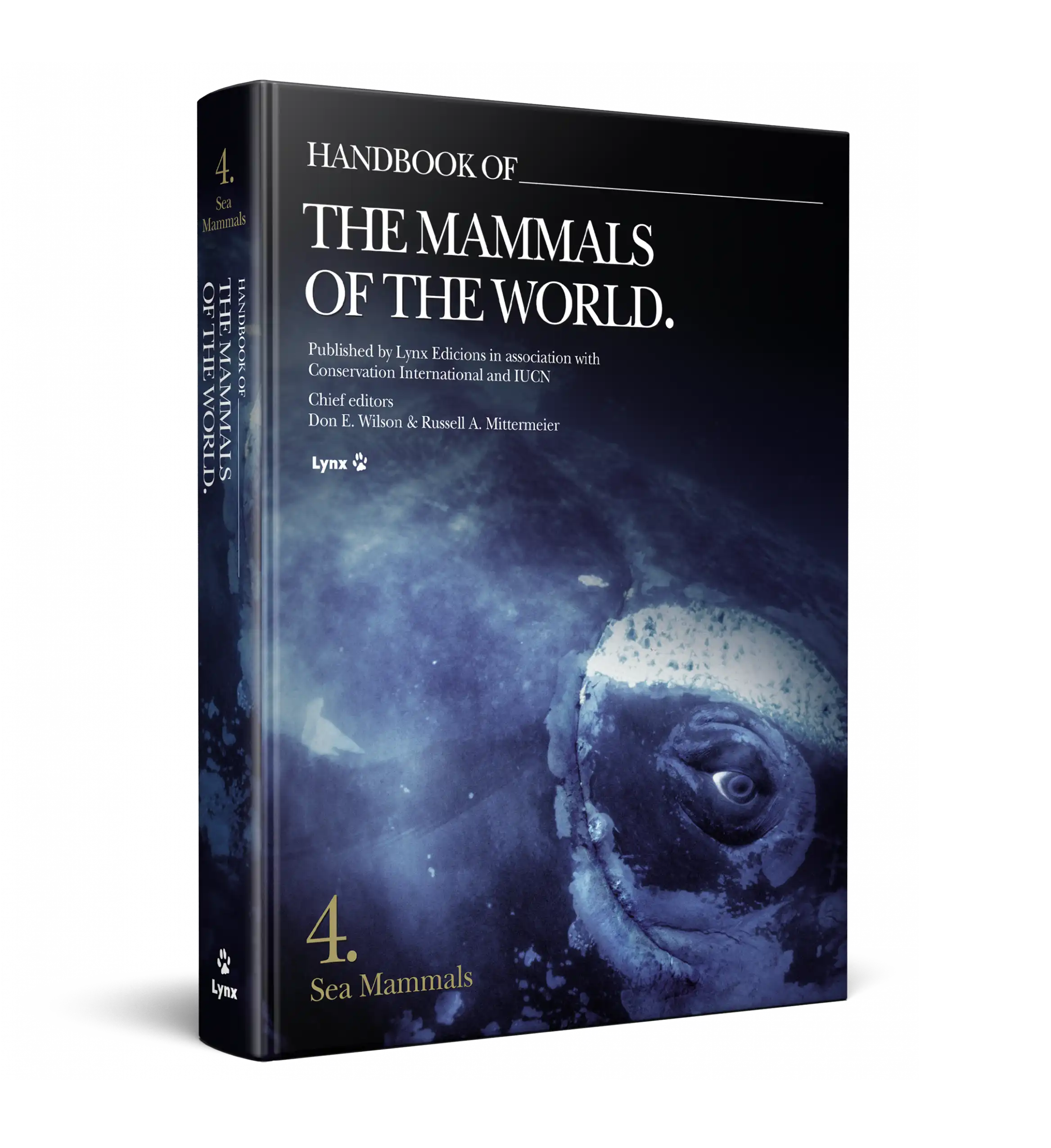
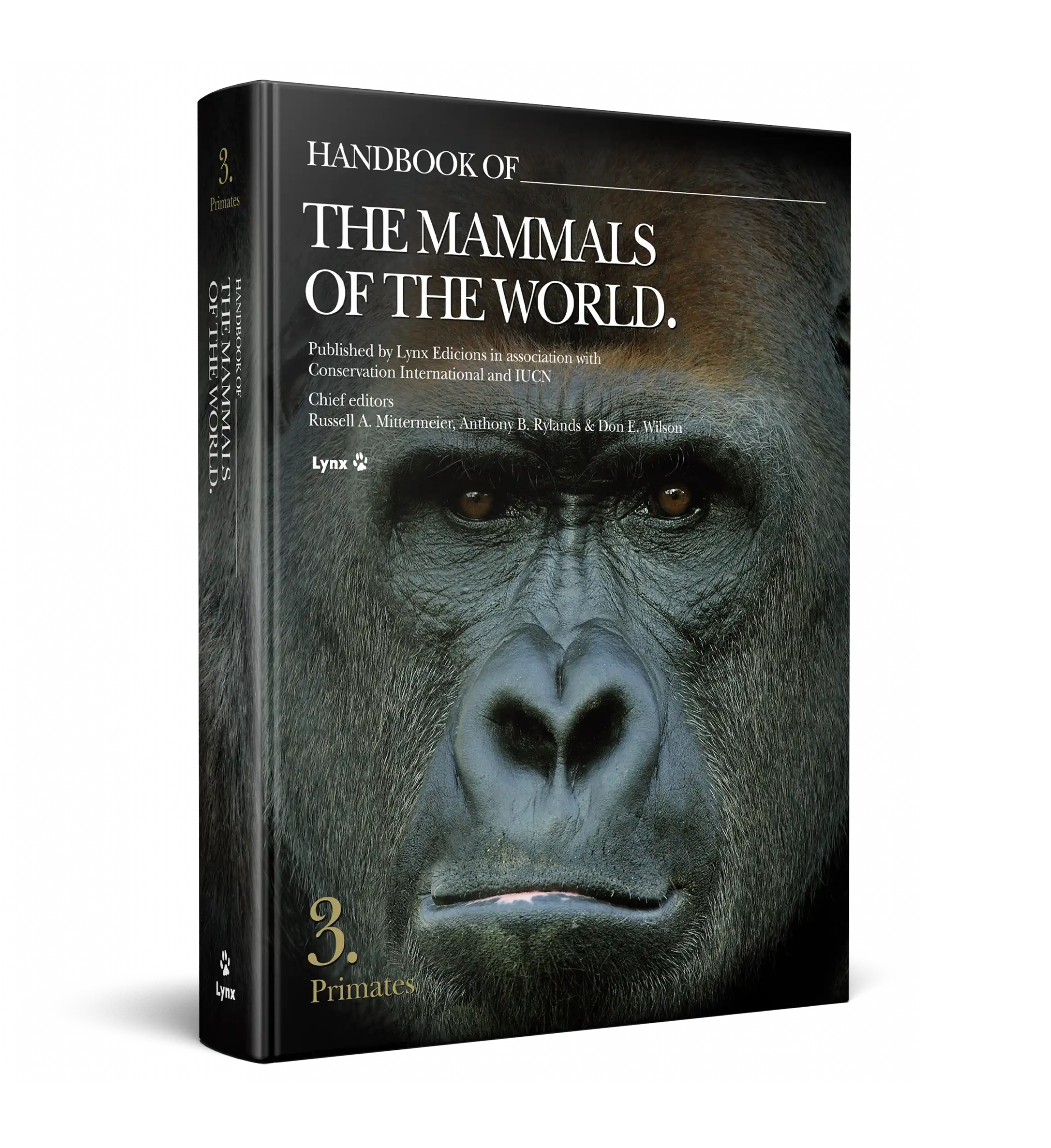
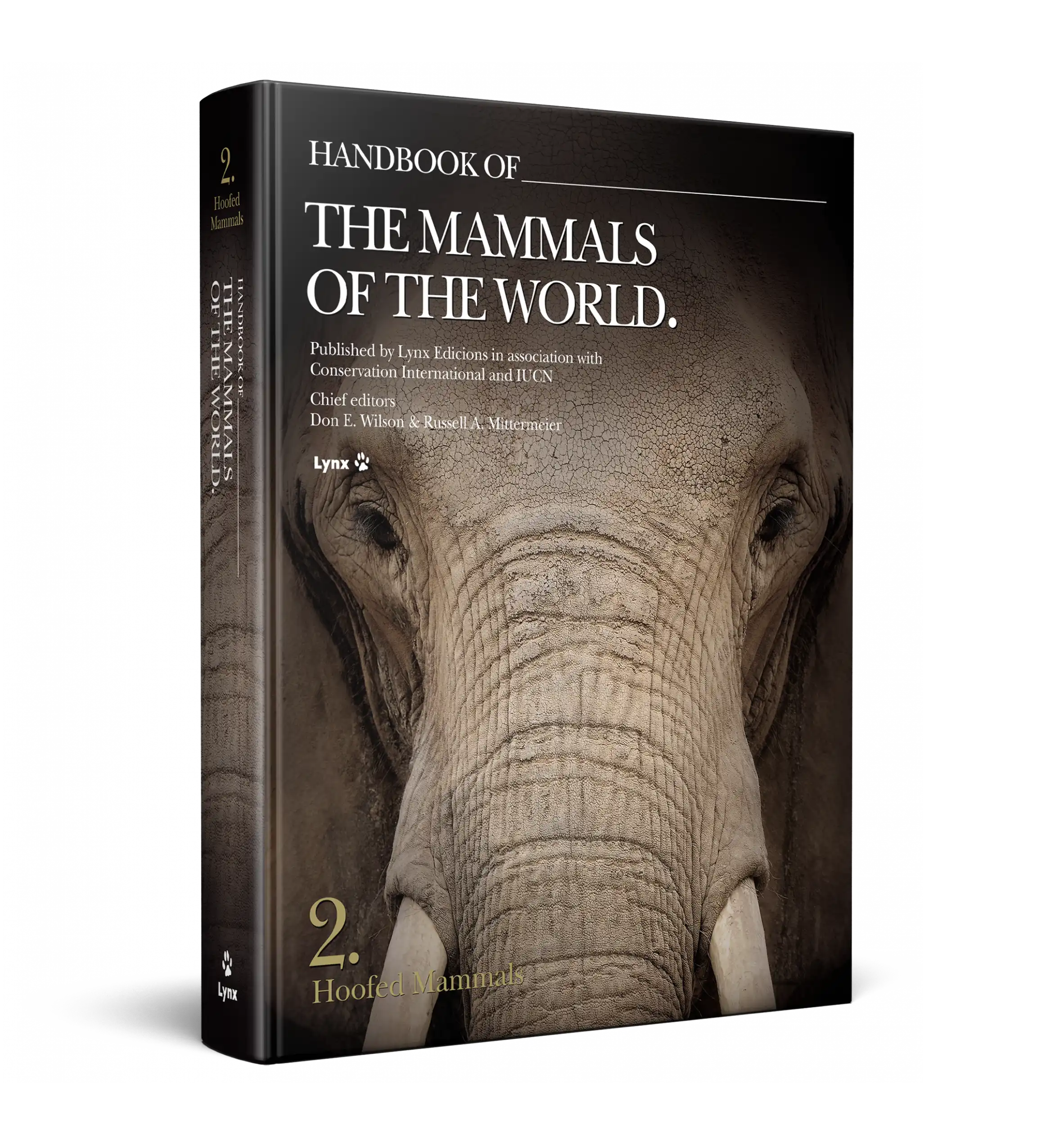
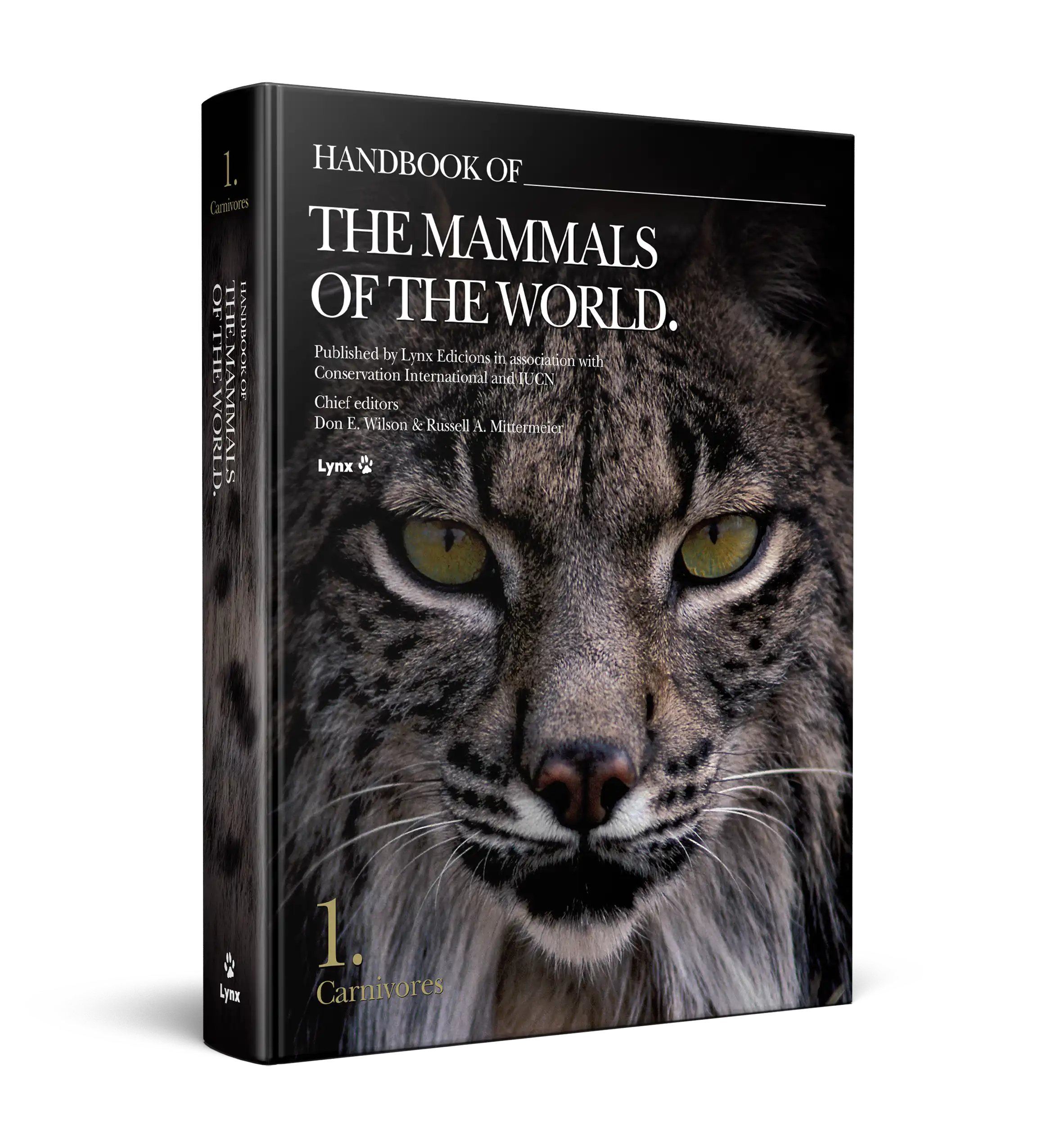
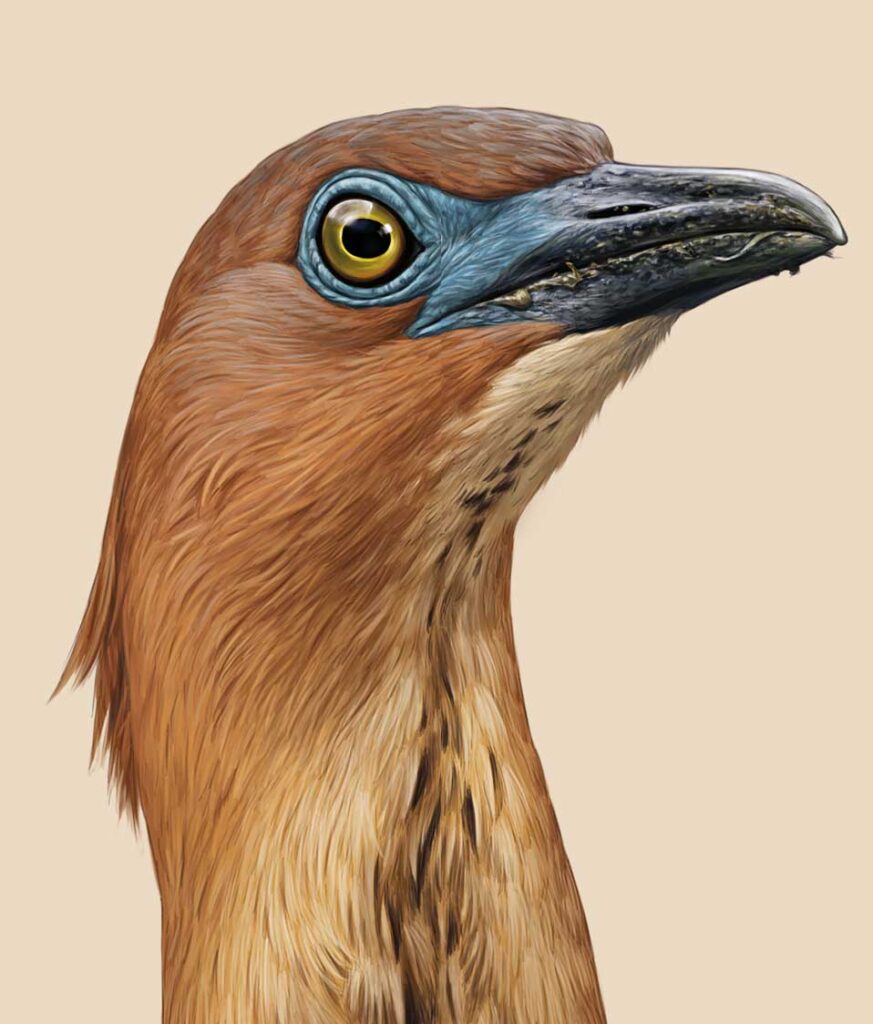
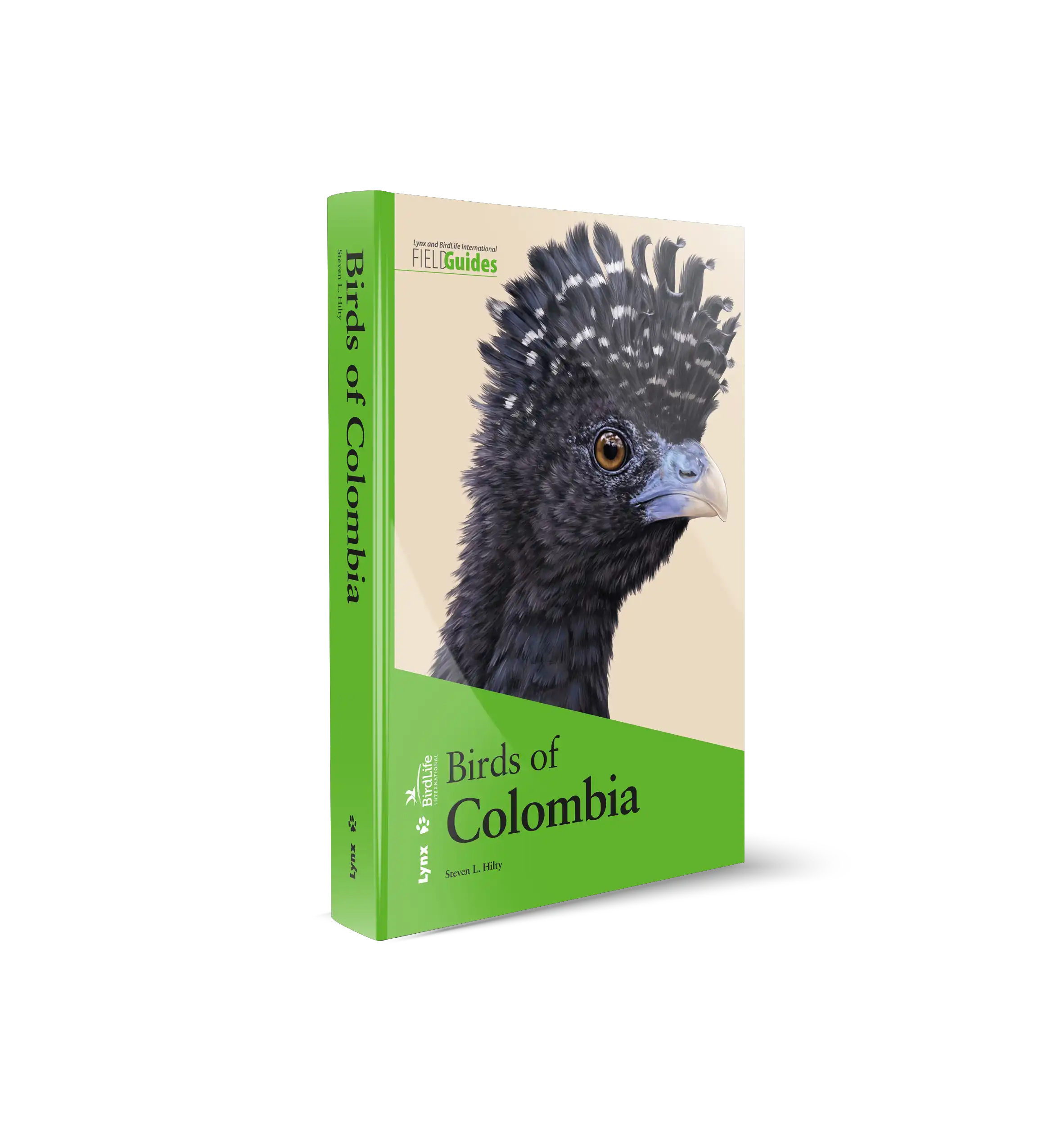
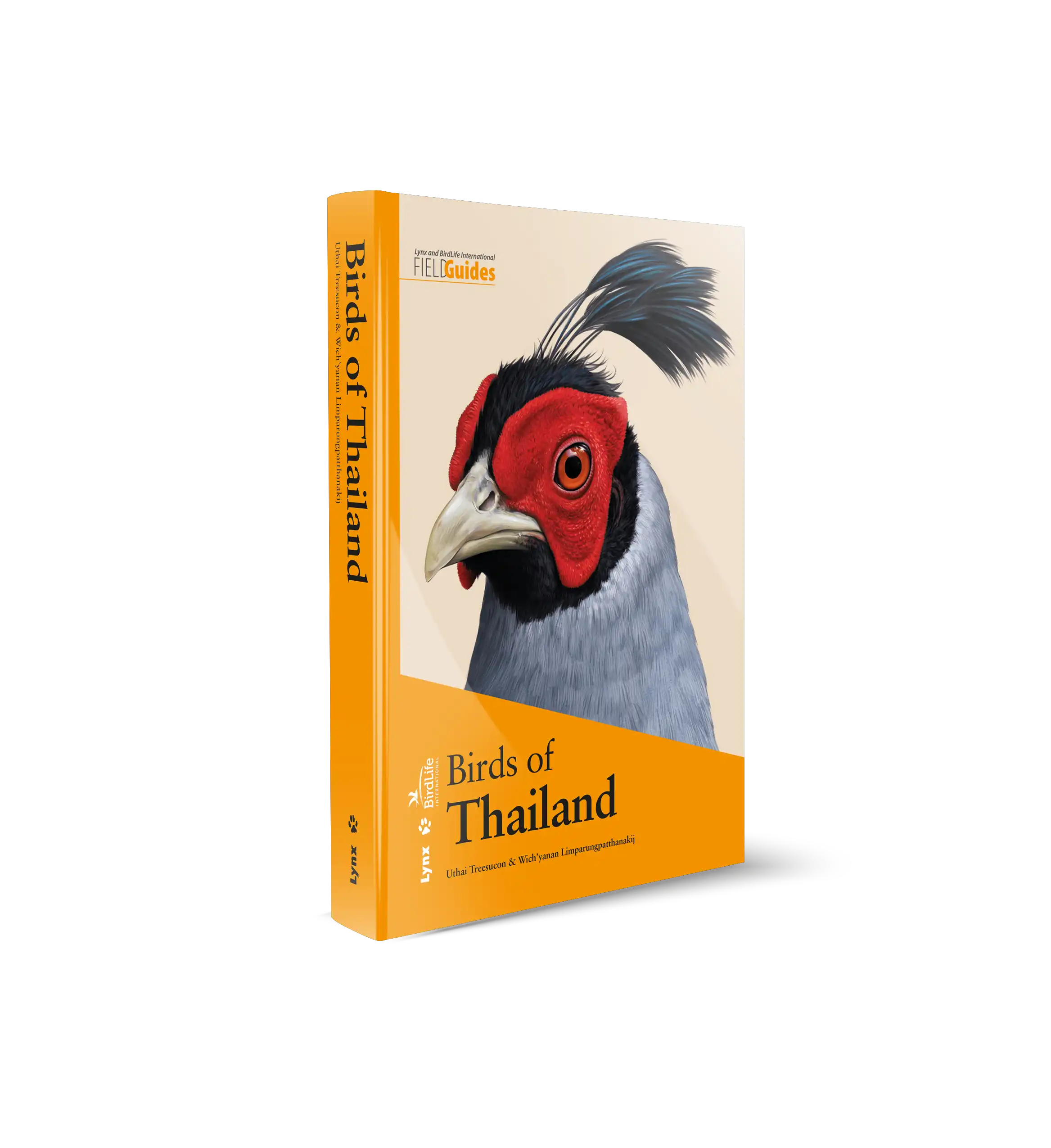
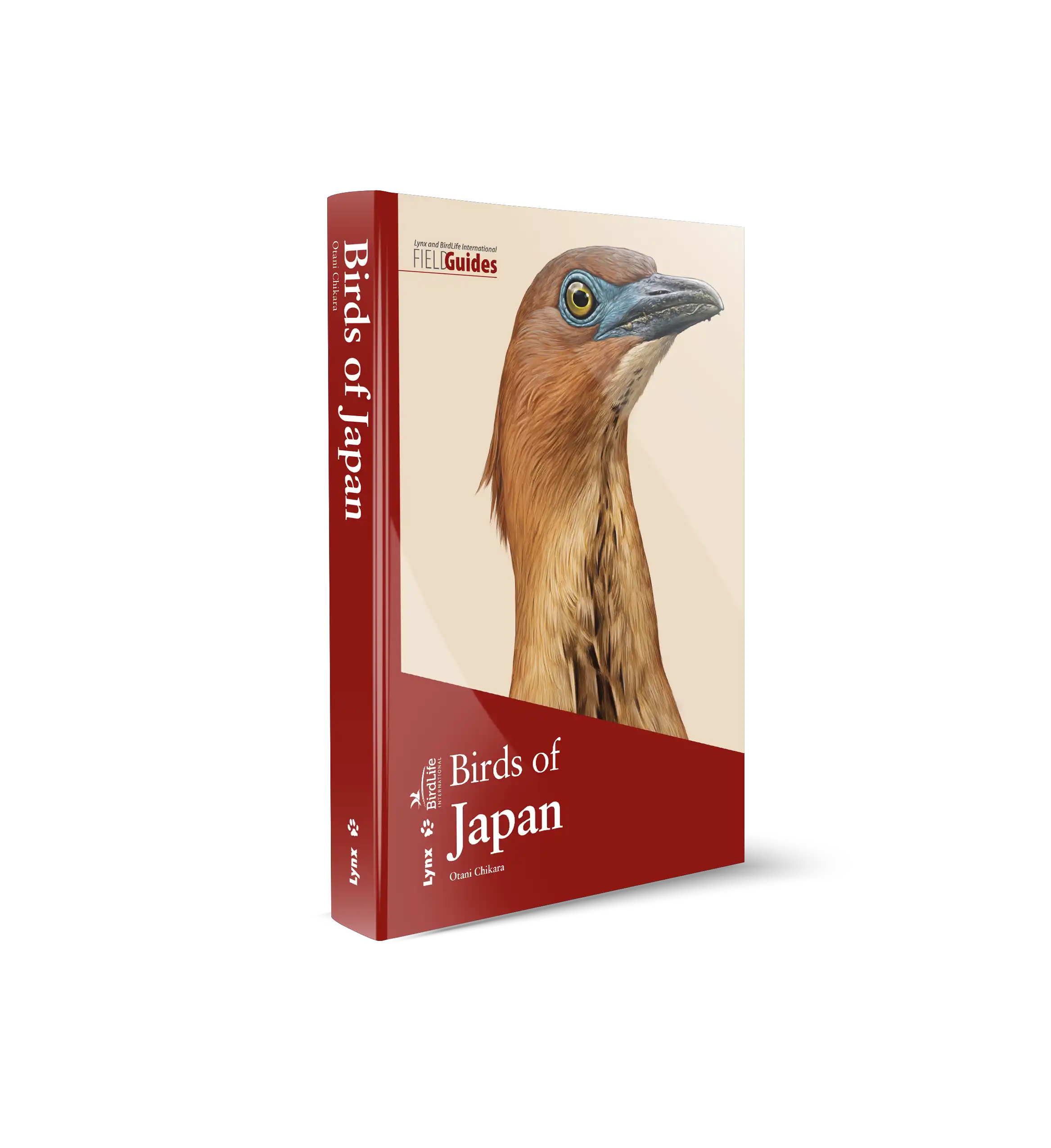








 Copyright 2025 © Lynx Nature Books
Copyright 2025 © Lynx Nature Books
Gehan de Silva Wijeyeratne –
As with the preceding titles in the series, the fifth volume in the Handbook of the Mammals of the World (HMW) is inspiring for the depth and breadth of scholarship. But this particular volume can also leave you upset and angry. In a departure from the other volumes, it includes recently extinct species and has an opening essay which is a pretty horrific account of how once widespread mammals became extinct very rapidly in just a couple of centuries through human activity in Australia. It is hard to imagine that remarkable marsupial carnivores like the Thylacine are now extinct because they were a threat to livestock farming. HMW 5 opens with an essay ‘Recently Extinct Australian Marsupials and Monotremes’ by Kristofer M. Helgen and Elizabeth G. Veatch (pages 17-25). It is a depressing read that only a century or two ago, modern humans could have been so thoughtless, unable to understand their impacts and not have set aside land early enough to conserve some of the special fauna of Australia. We read about the Toolache Wallaby; ‘probably the most beautiful and elegant of all the wallabies’. It was widespread in south-eastern Australia but changes in land use and unsustainable hunting led to its extinction. But hang on a minute, are we any better today? As I write this in August 2020, the British conservation press carries stories of Hen Harriers and other birds of prey shot on grouse moors. In France, the Minister of Ecological Transition, has presented a draft decree that would allow the killing of 18,000 European Turtle Doves this Autumn; allegedly half the population. This is a bird that is globally red listed and in Britain the population had plummeted to 10 per cent of what it was fifty years ago. There is a parallel between what is happening today with both birds and mammals in the UK and the extinction of mammals in Australia which HMW 5 opens with.
Mammals are classified into three subclasses, Prototheria, Metatheria and Theria (or placental mammals). The subclass Prototheria contains a single order, the Monotremata which has two families, the family Tachglossidae with three species of echidnas and the family Ornithorhynchidae with a single species of platypus. The monotremes are restricted to Australia and New Guinea. The monotremes are quite special and ancient and likely to have split early from reptiles. They are the only mammals to lay eggs. The subclass Metatheria comprises several orders of marsupial mammals which are found in the Americas and the Australasian region which includes New Guinea and adjoining islands. The marsupials have pouches within which they carry and suckle their young. In the Americas, the marsupials have their centre in South America although some marsupials such as the opossums extend their range to Canada in North America. The prototherians with the single order of monotremes and the metatherians with seven orders of marsupials are covered in this book. The marsupials include four orders which have a single family each. These are the Opossums, Shrew-opossums, Monito del Monti and Marsupial Moles. Two of the orders have two families each. One order, the Diprodontia have eleven families which include the familiar Kangaroos and Wallabies (family Macropodidae).
This single volume covers two of the three subclasses of mammals, the Prototheria and the Metatheria whilst the other eight of the nine volume series covers placental mammals or those in the subclass Theria to which humans and most mammals we are familiar with belong. I have lived most of my life in Europe and South Asia where both monotremes and marsupials are absent. When I spent a month in Sydney one of the things I did was to visit the superb Taronga Zoo which I knew offered me the best chance to see many of these secretive mammals, most of which are nocturnal. Some marsupials such as the Shrew-opossums (order Paucituberculata) are confined to high elevations of the Andes. South America also has the Monito del Monte a nocturnal and secretive species with an order to itself (Microbiotheriidae). It is a sad reality that for most people, a book such as this may be the only way to become acquainted with the wonderful diversity of mammals. Some species, sometimes entire orders of mammals, may be just too difficult to see in person in the wild or even in a Zoo.
The volume follows the standard format for the series. A few preliminaries are followed by expansive family introductions which are grouped under standard categories including Systematics, Morphological Aspects, Habitat, General Habits, Communication, Food and Feeding, Breeding, Movements, Home Range and Social Organisation, Relationships with Humans and finally Status and Conservation. These sections are interspersed with stunning images of a generous size afforded by the larger encyclopaedia size of the pages. Some images occupy a full page combining a coffee-table presentational format to a book underpinned by solid science.
The family sections begin with a useful fact box and a map showing the global distribution of the family. The systematics section often uses a diagram to explain the composition of subfamilies with a discussion on the latest classification based on molecular phylogenetics. The family chapters finish with plates and species accounts. In the species accounts the text is more telegraphic in style and intended to be for reference. The expansive family accounts on the other hand, although packed with solid science are a pleasurable read. There is something interesting and exciting to learn in every paragraph. I just wish sections of pages could be detached for a read on the train. As with all of the volumes each book is a remarkable team collaboration with an editorial team and authors. Twenty authors have contributed to this volume with the plates illustrated by Toni Llobet. The image selection is stunning and some of the mammals look like they have been imagined by a cartoonist for a Walt Disney film. In the end sections is a list of the references of scientific descriptions (pages 739-741) followed by a comprehensive list of general references (pages 742-784).
Although at the start of the review, I dwelt on extinctions, the book also offers glimmers of hope that all is not lost. New mammals will continue to be described to science in South America which still has large areas of forest to be properly explored by zoologists. However, it is more exciting to learn that new mammals continue to be discovered even in Australia; an example being the Black-tailed Antechinus from Eastern Australia.
The fifth volume of the Handbook of the Mammals of the World on Monotremes and Marsupials is a fascinating volume to several orders of little known mammals which only a handful of serious mammal enthusiasts will be aware of. HMW 5 brings together expert authorship, stunning images and a functional layout to be both a reference volume and a pleasurable read.